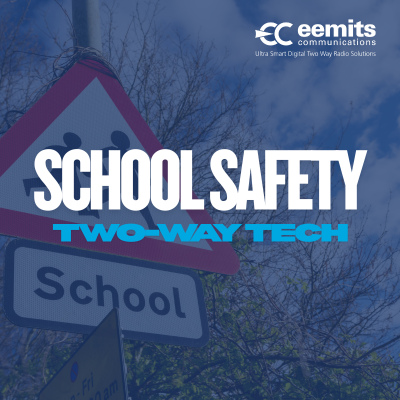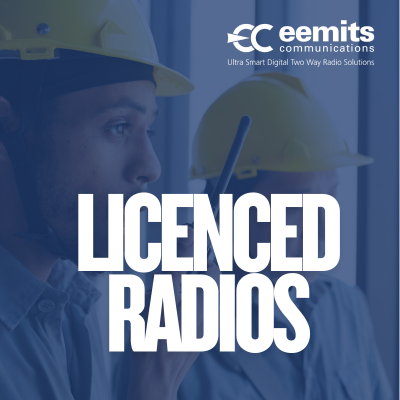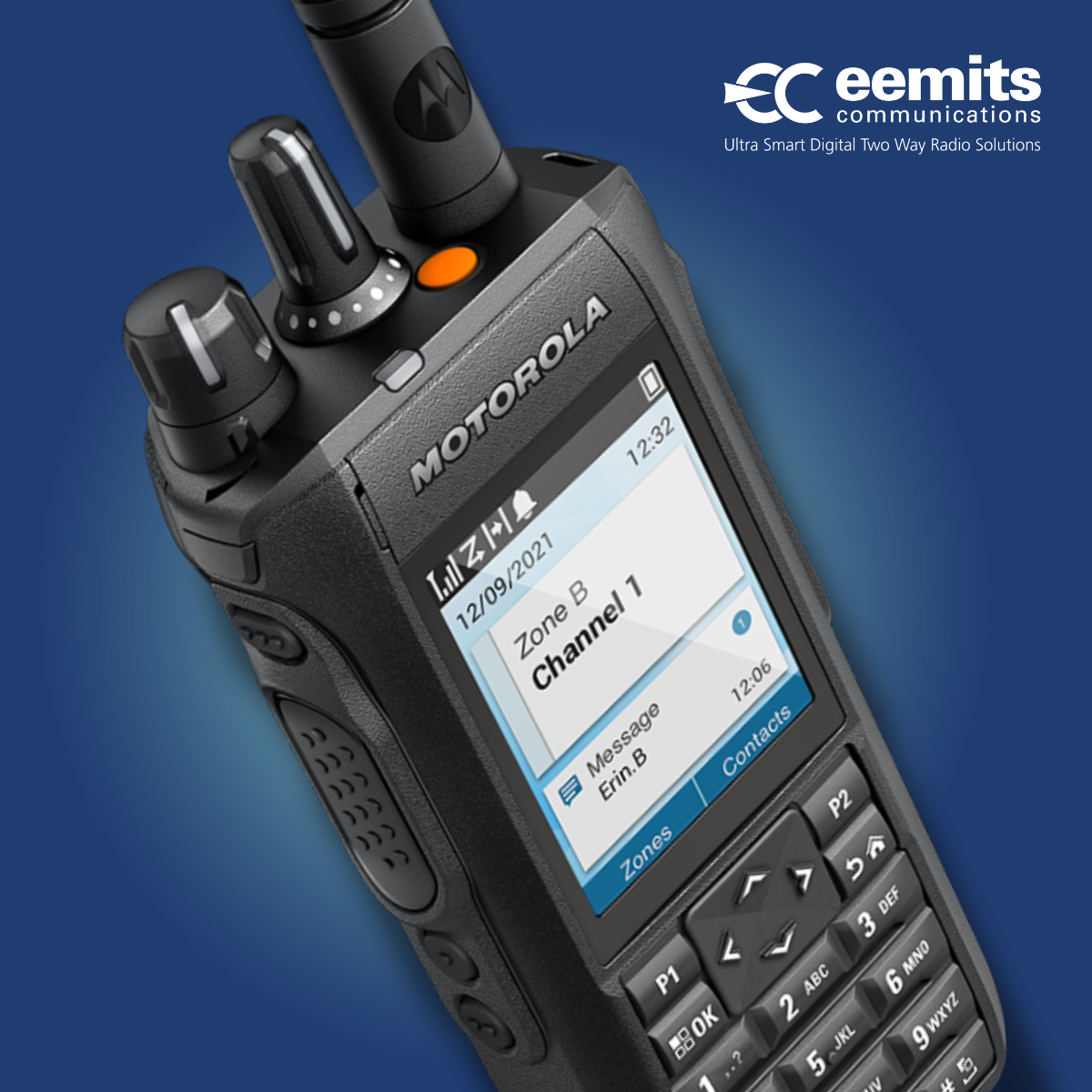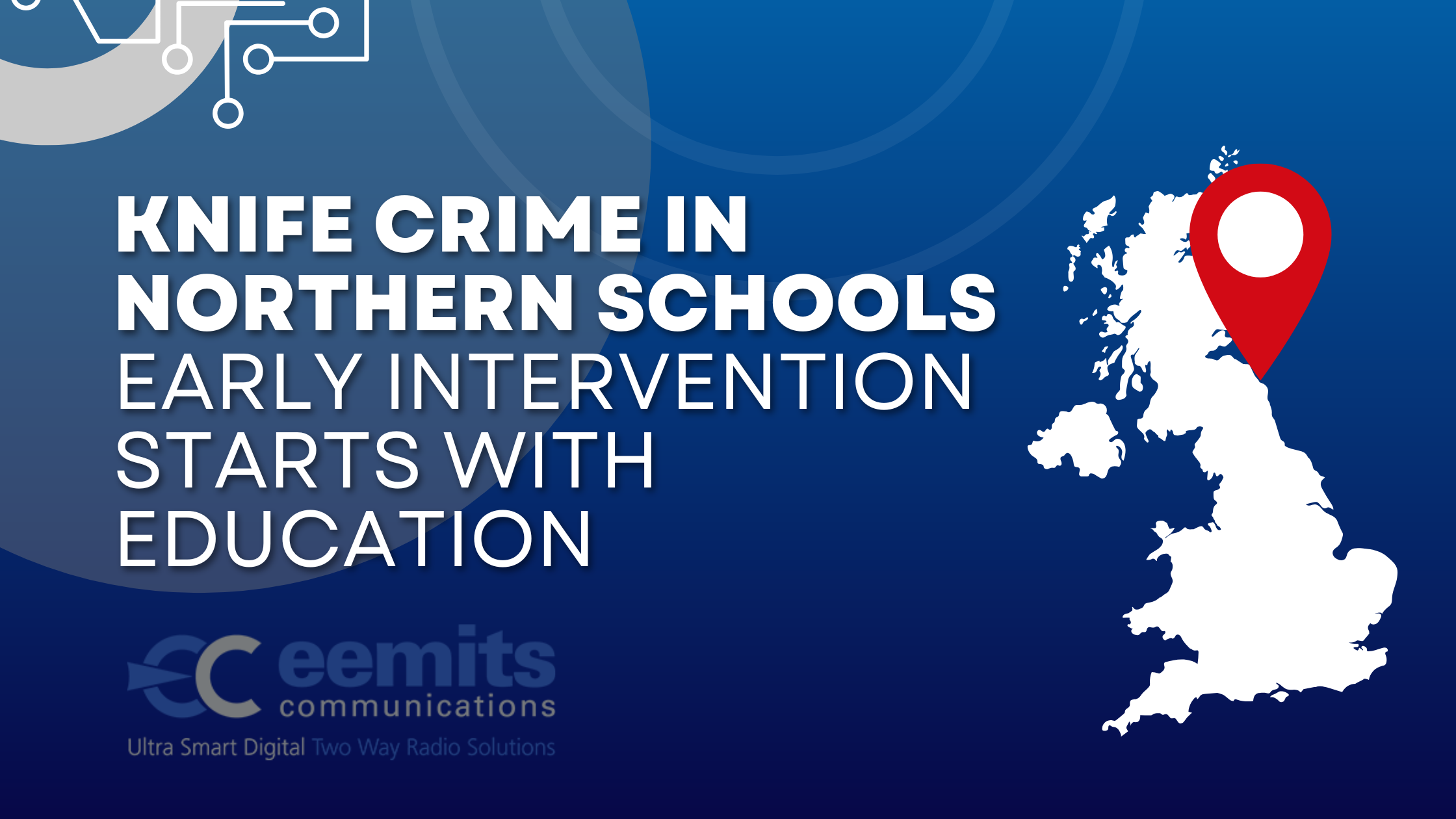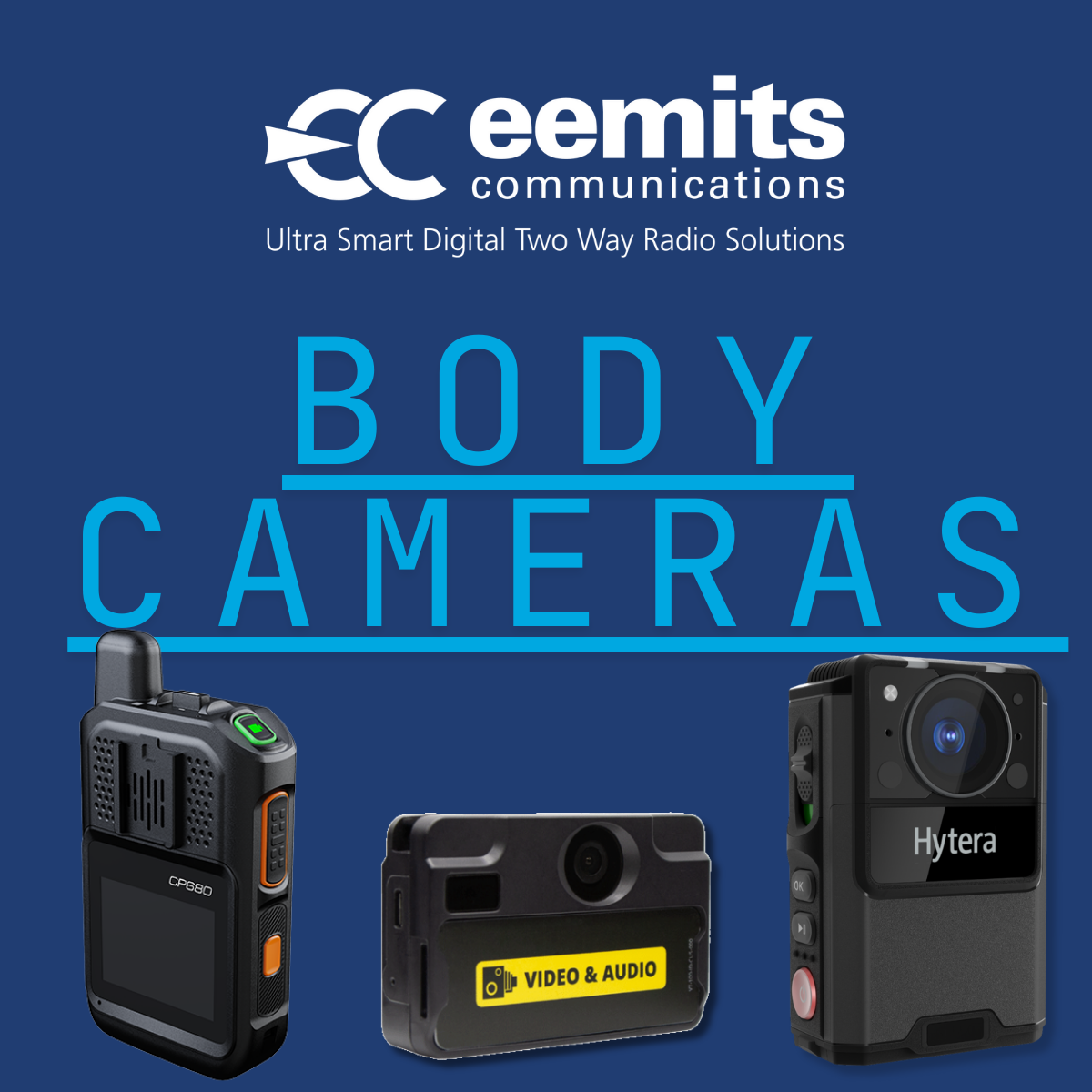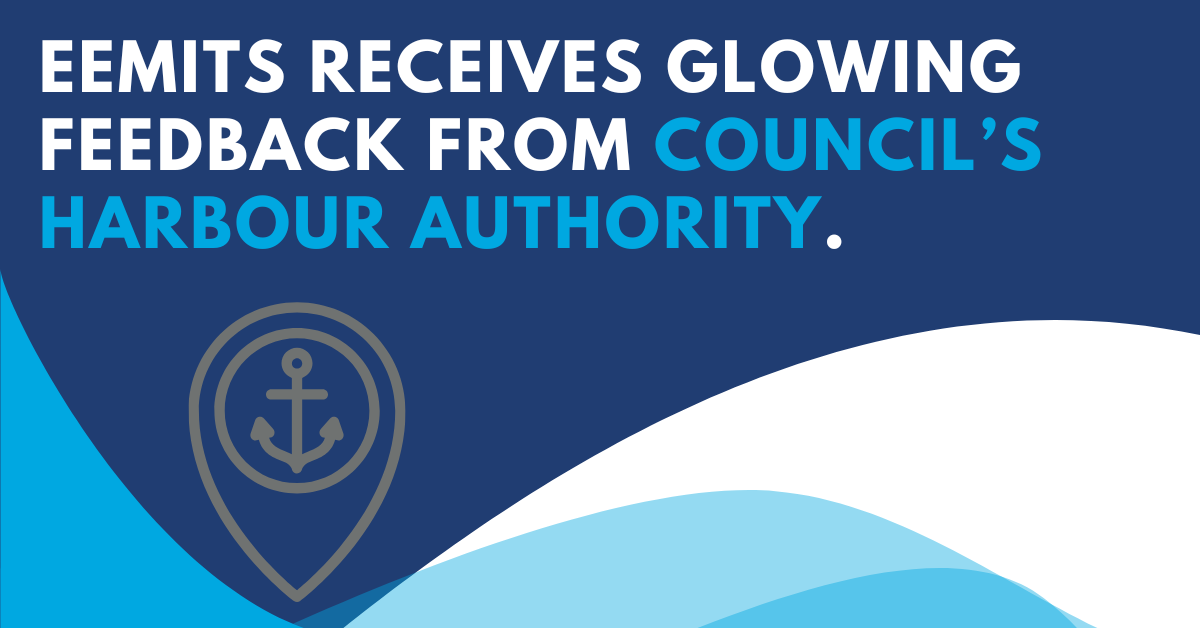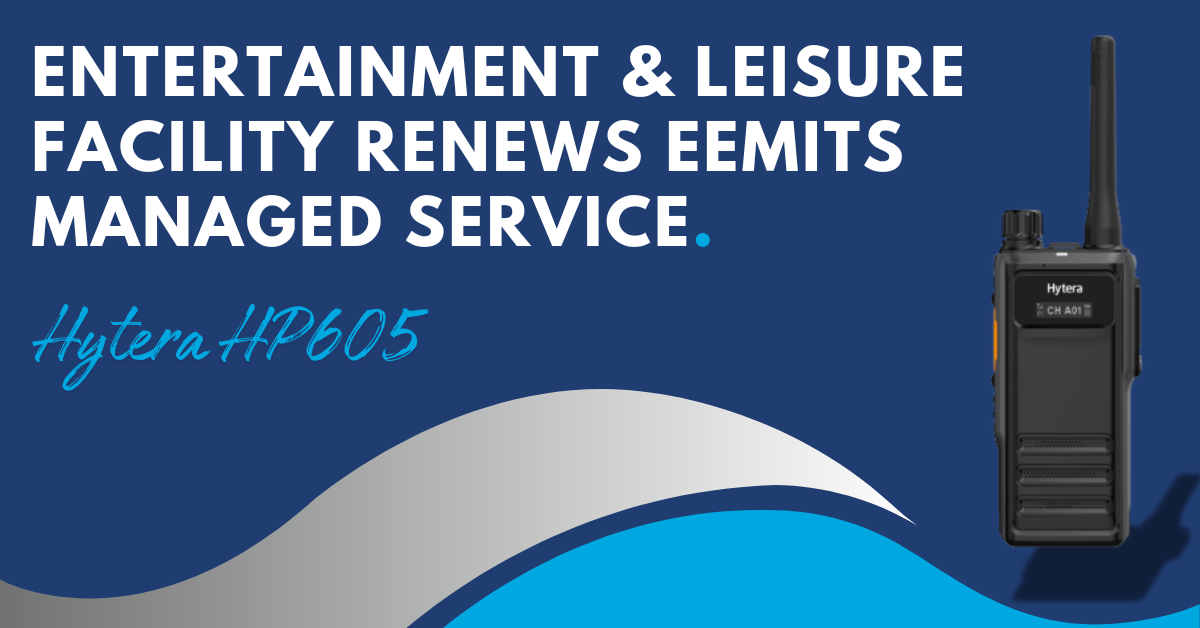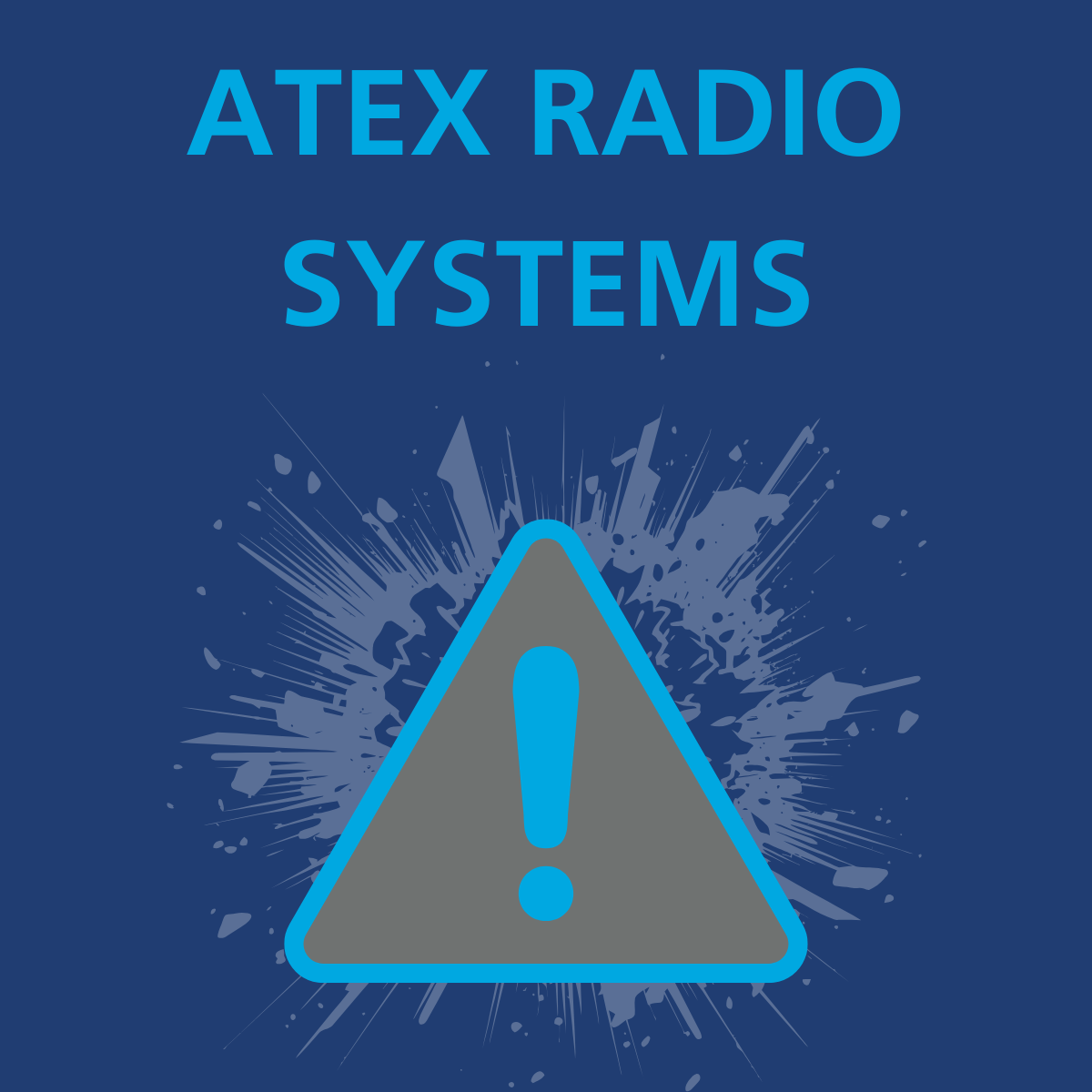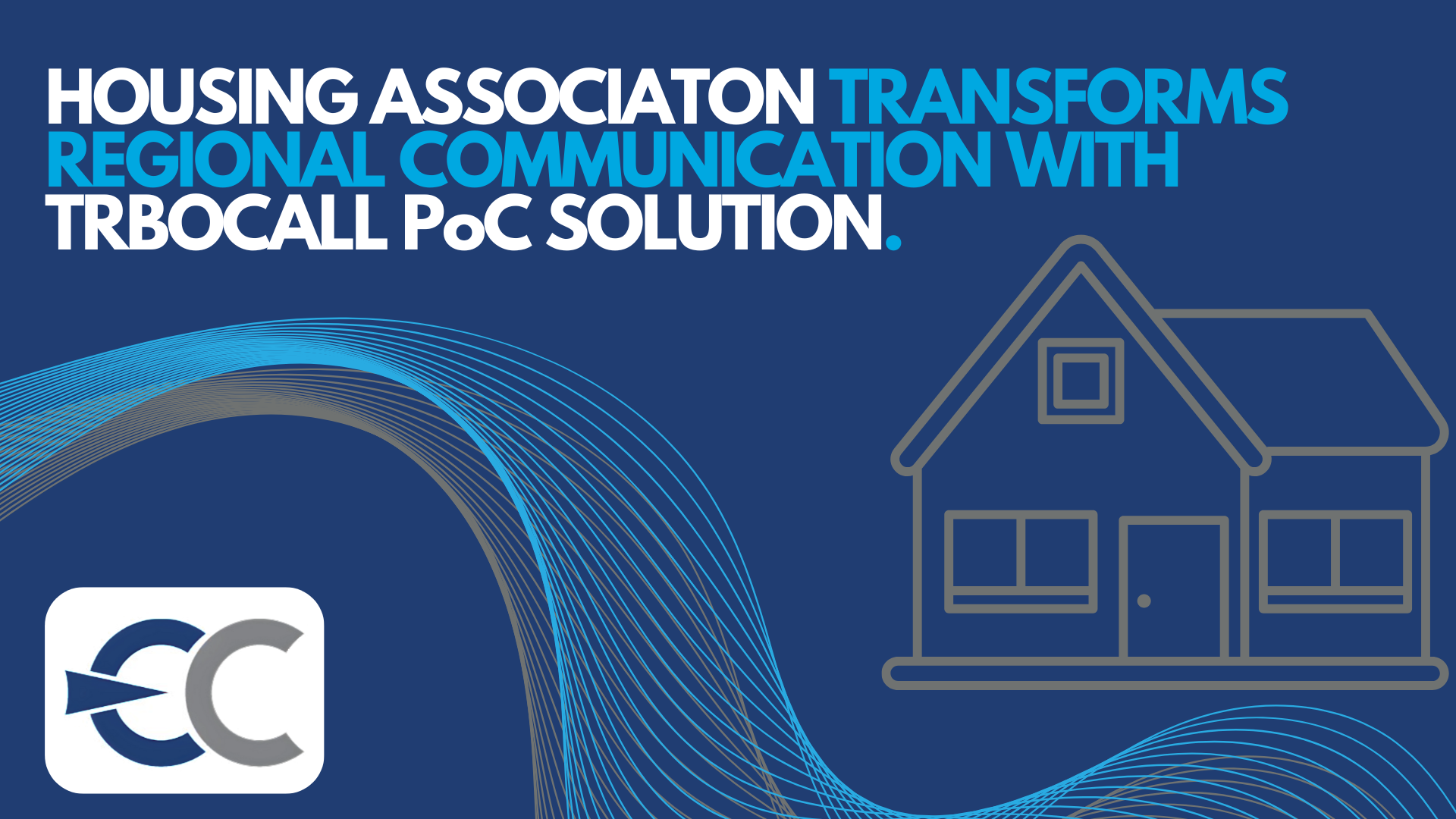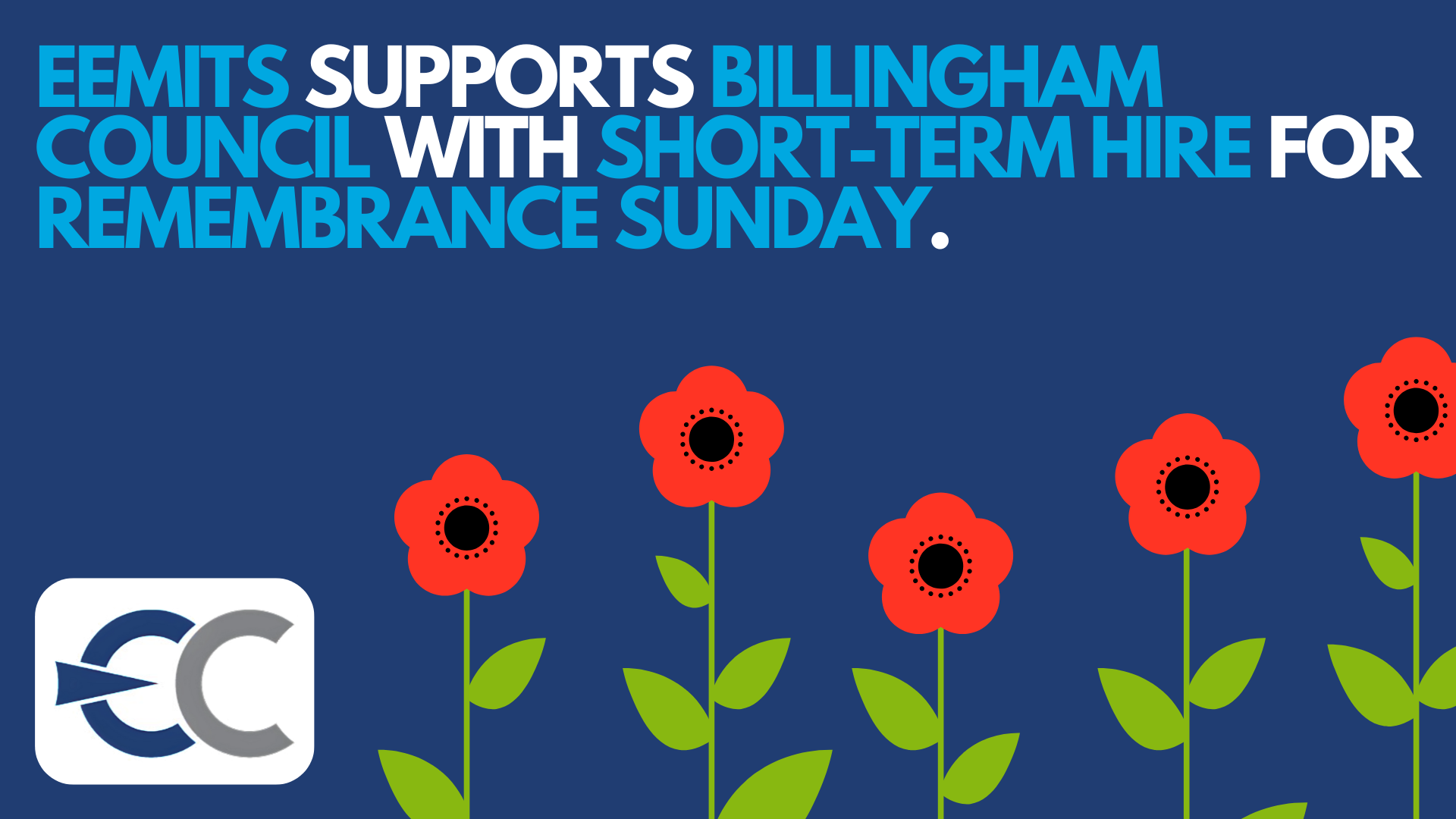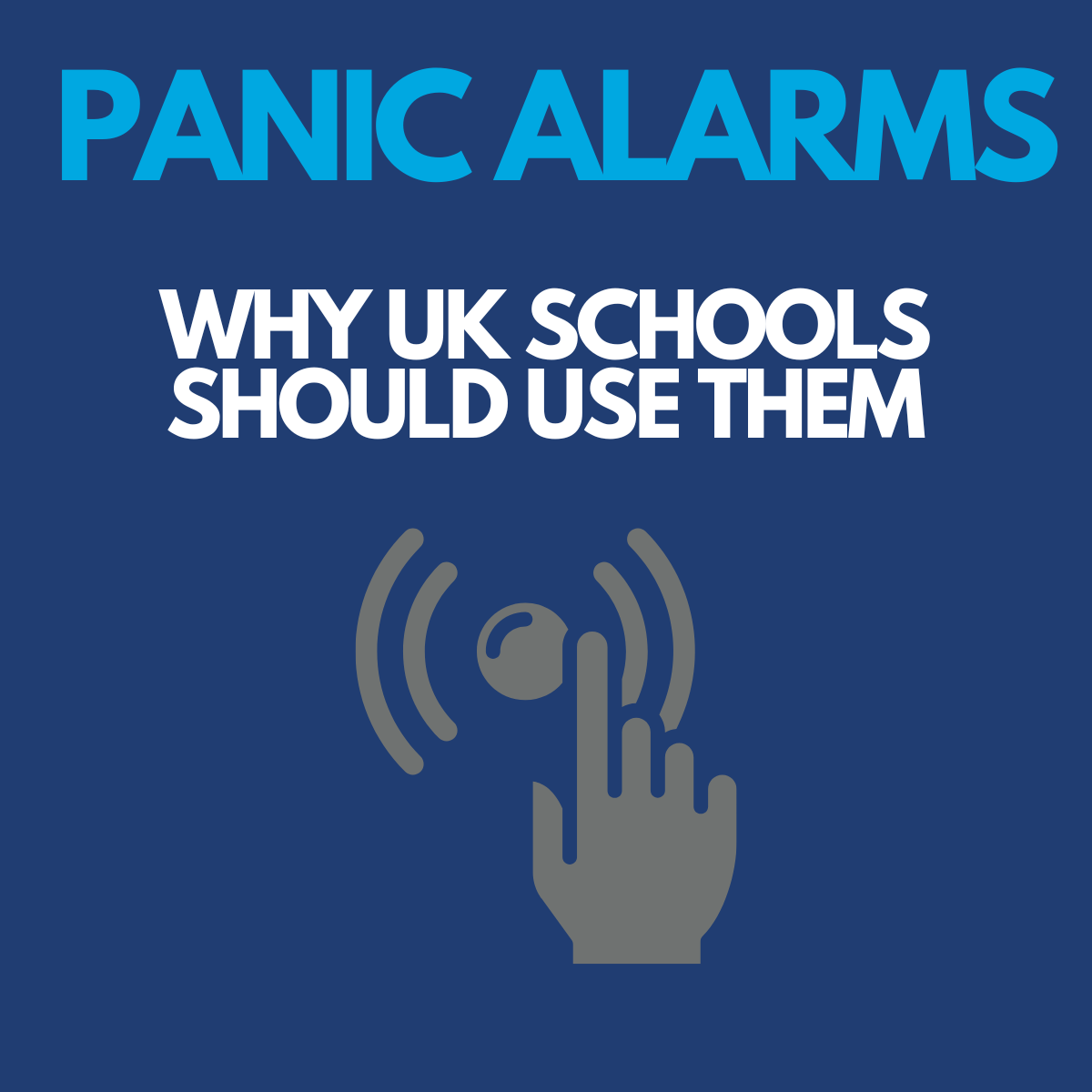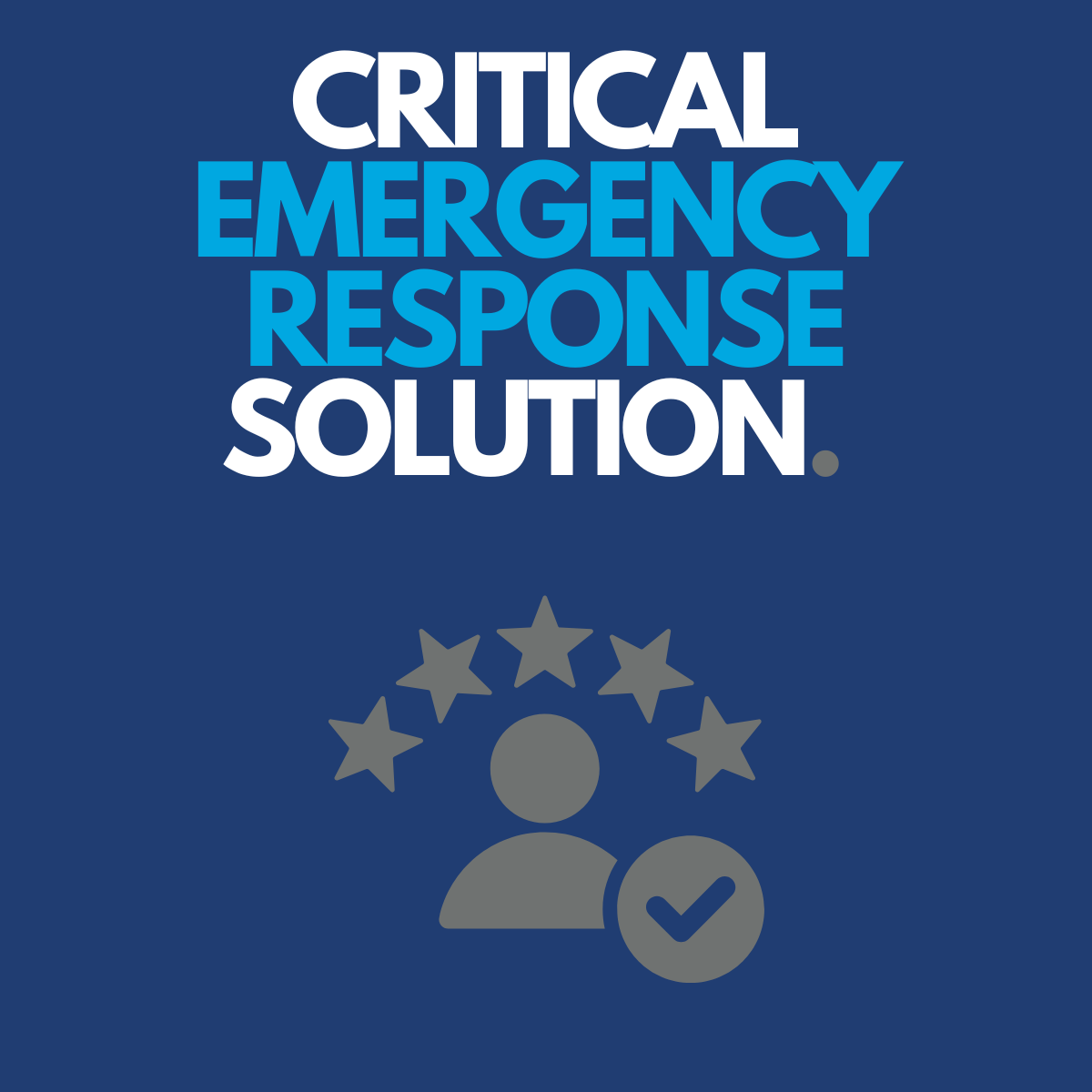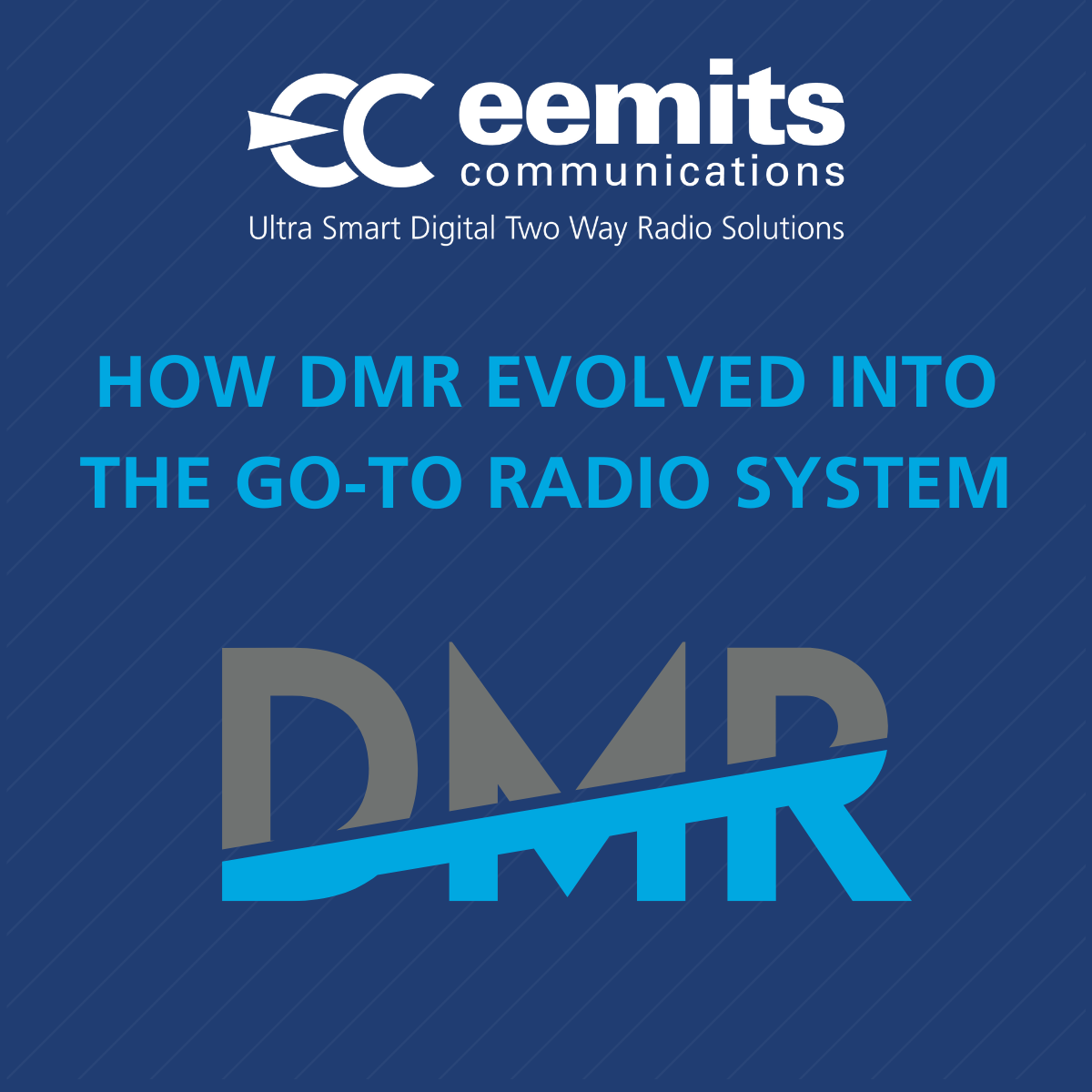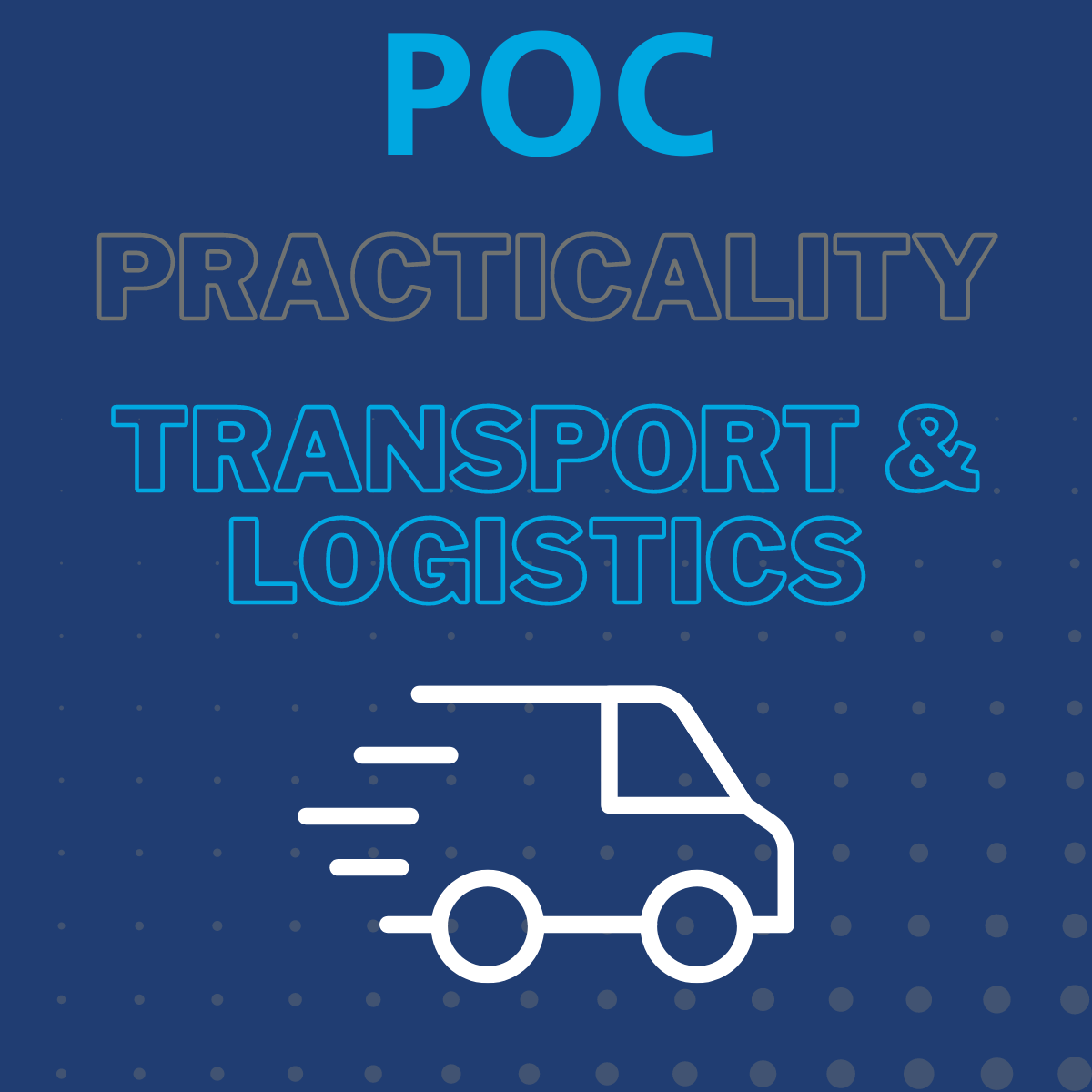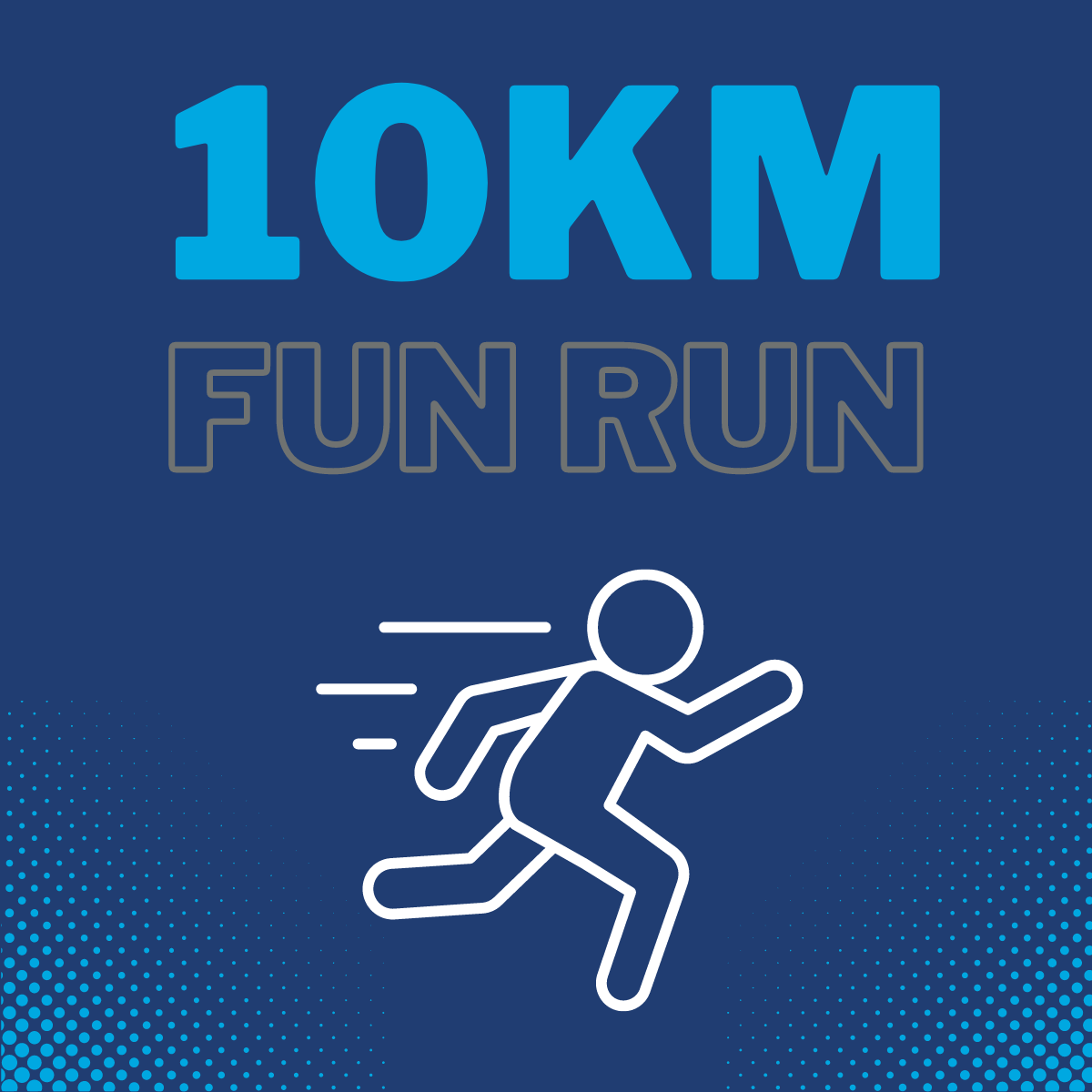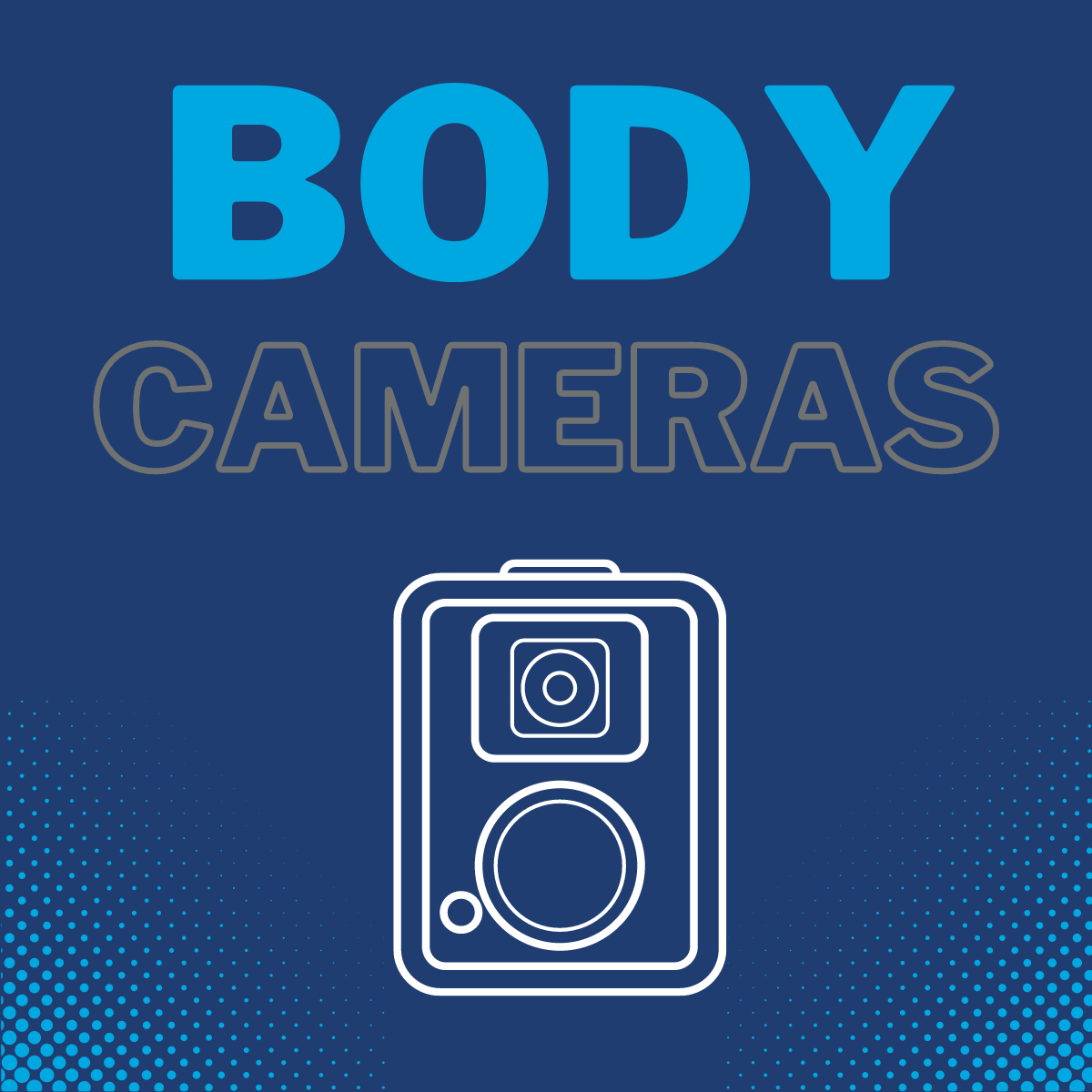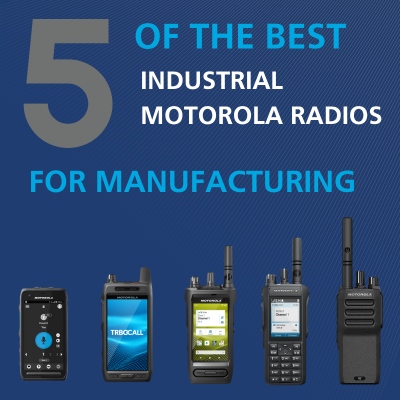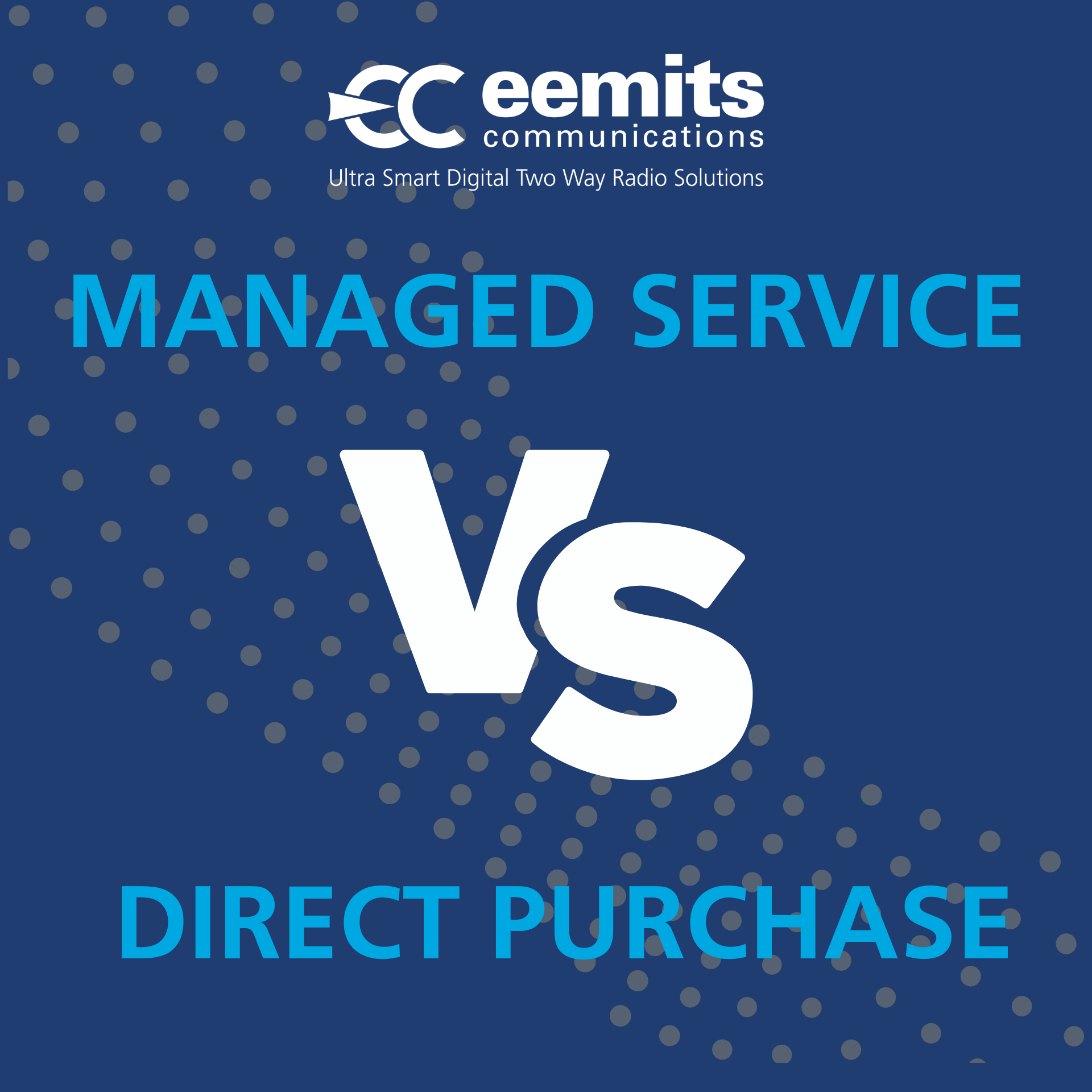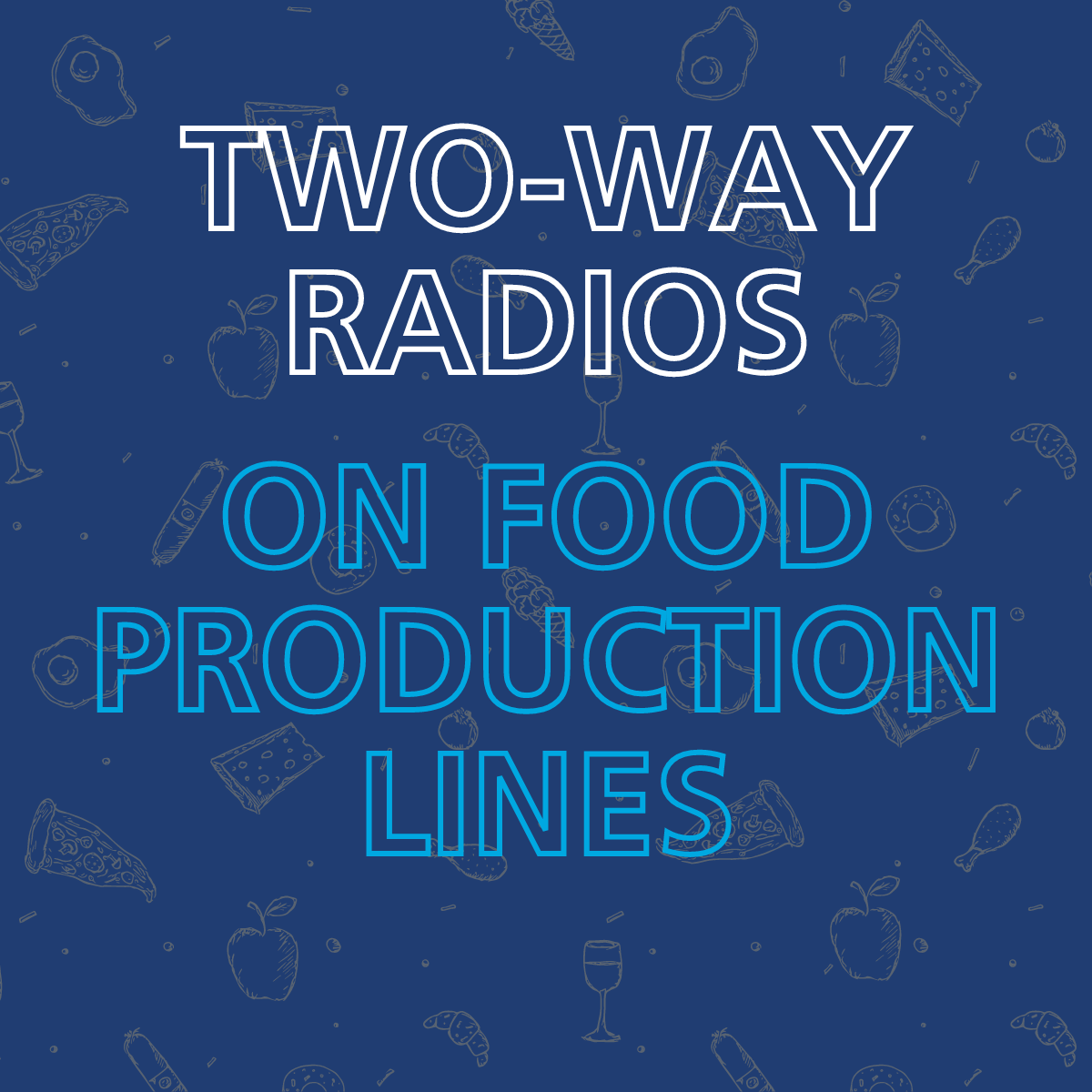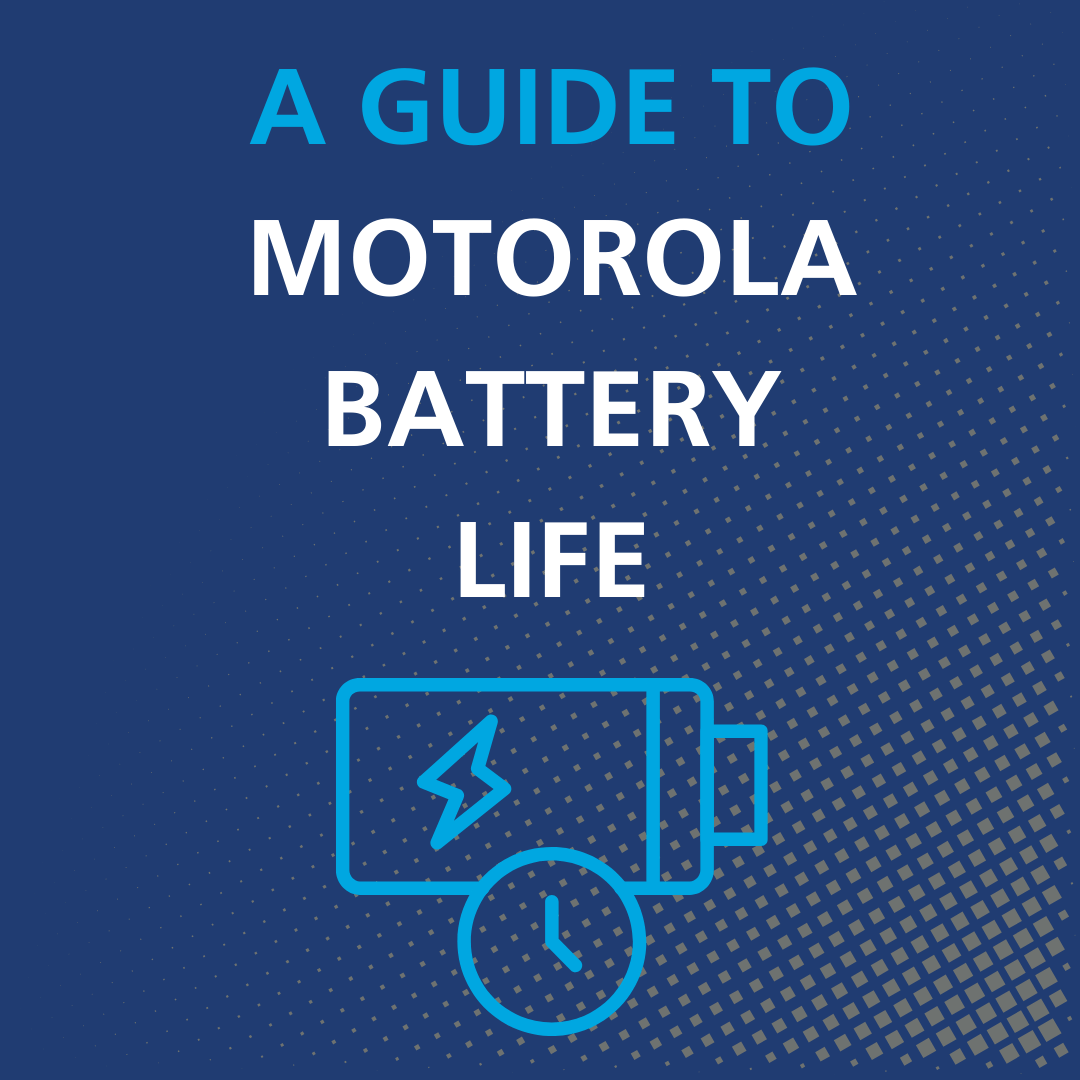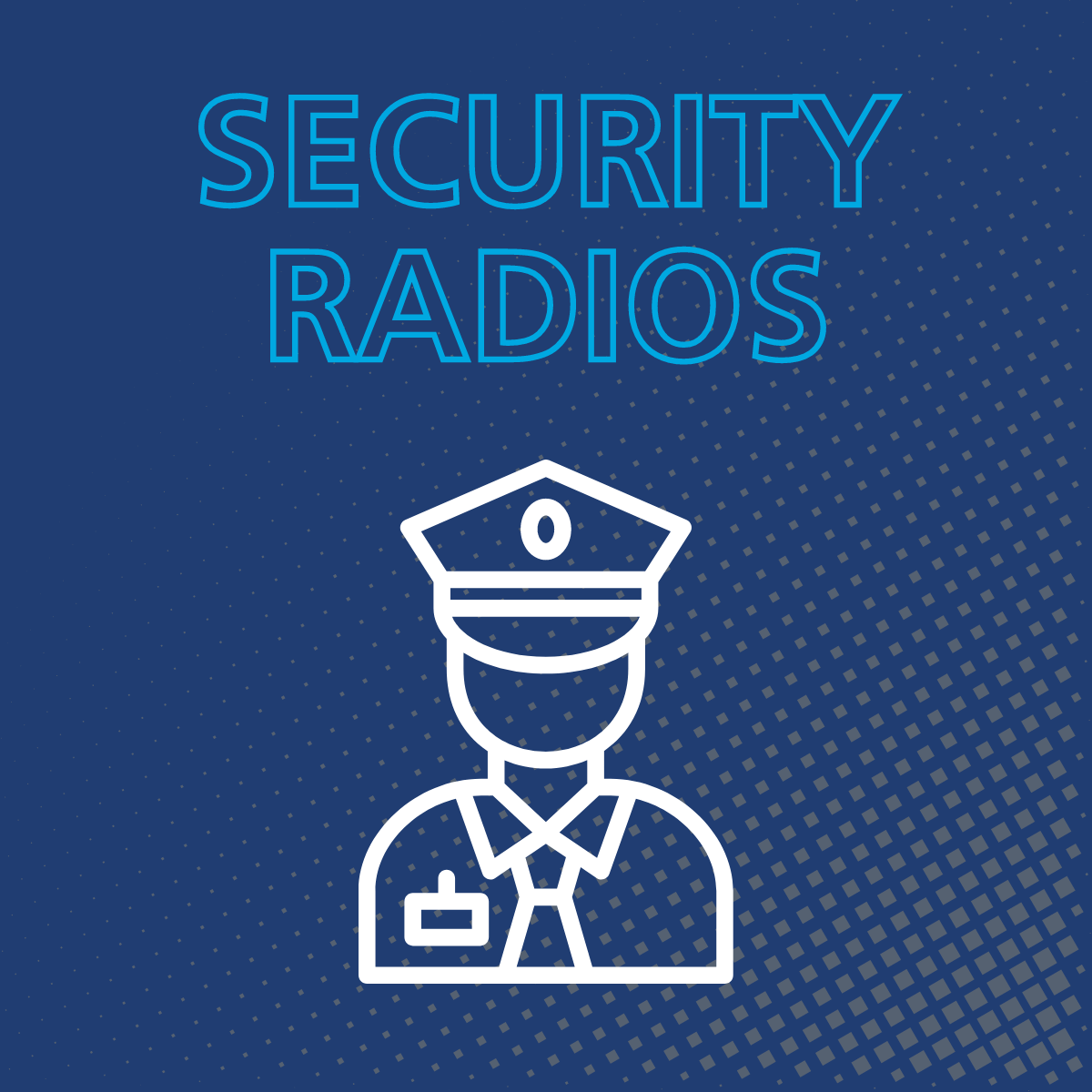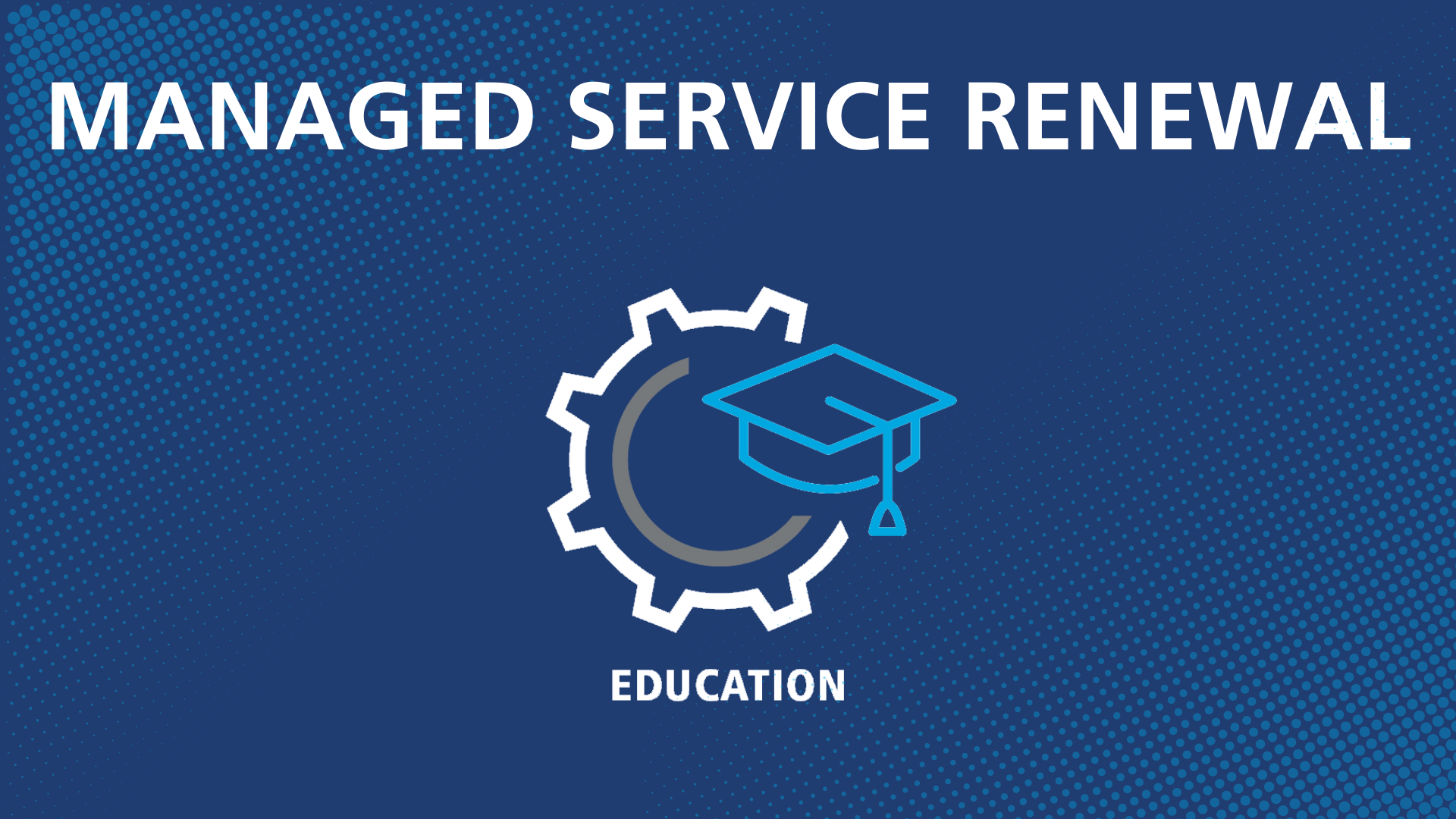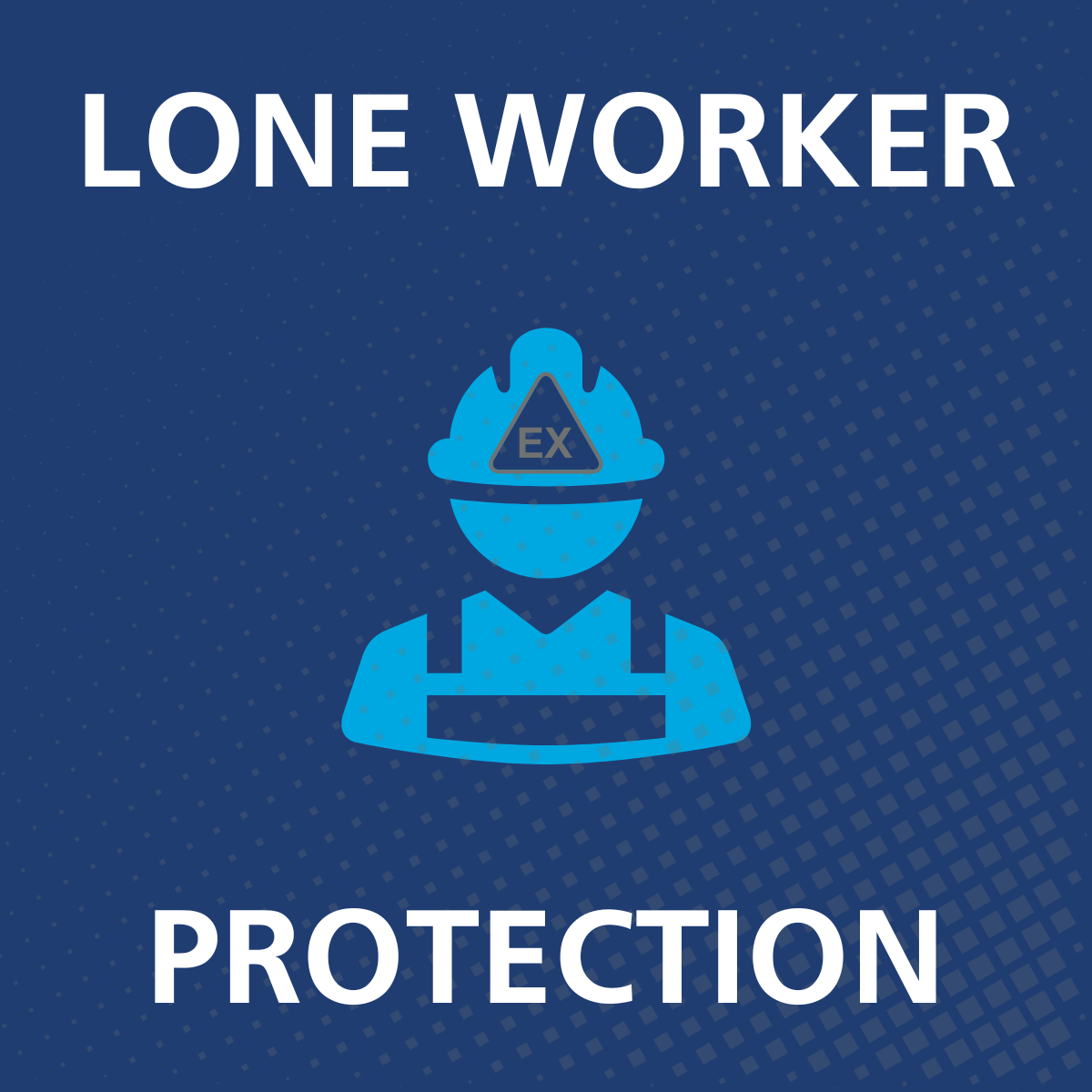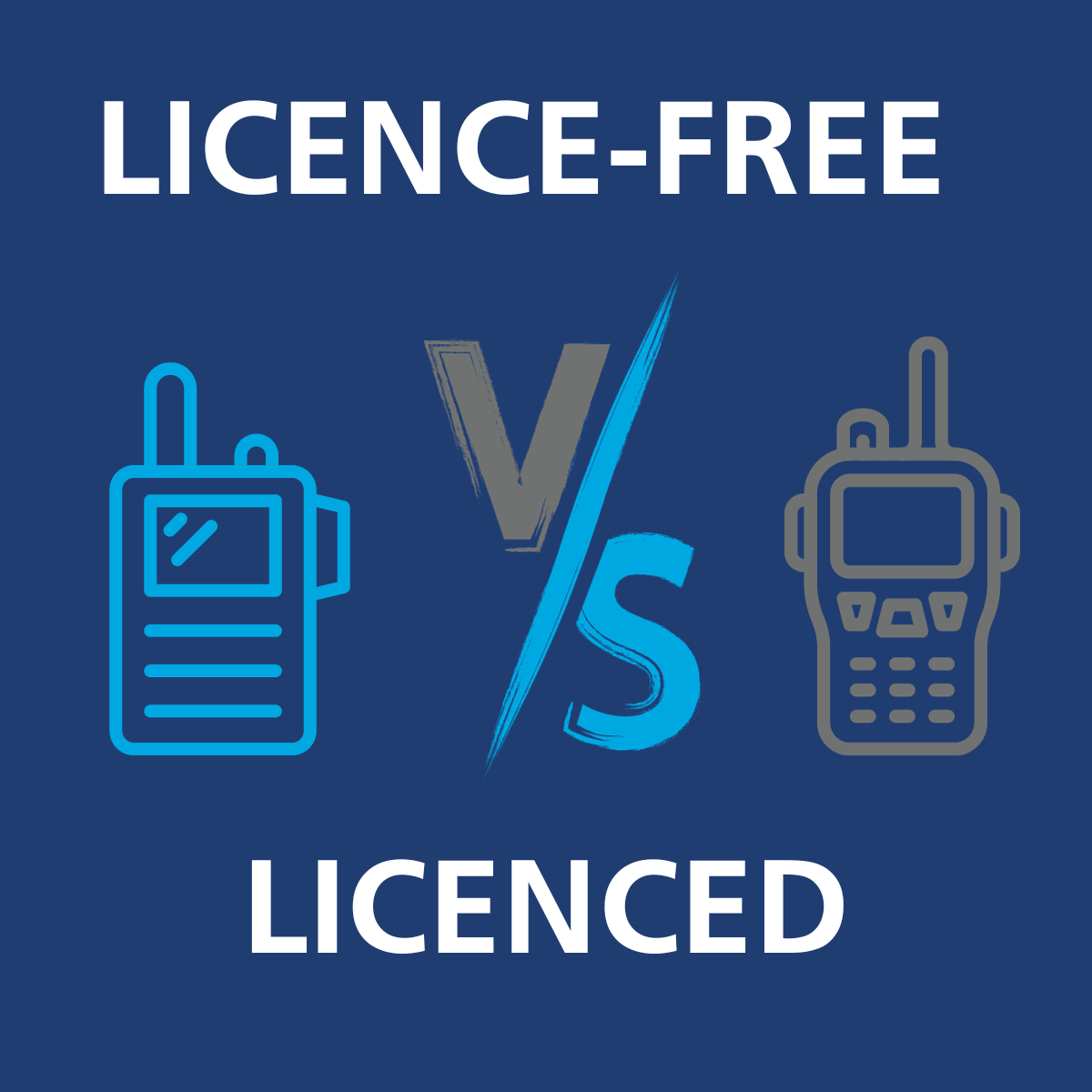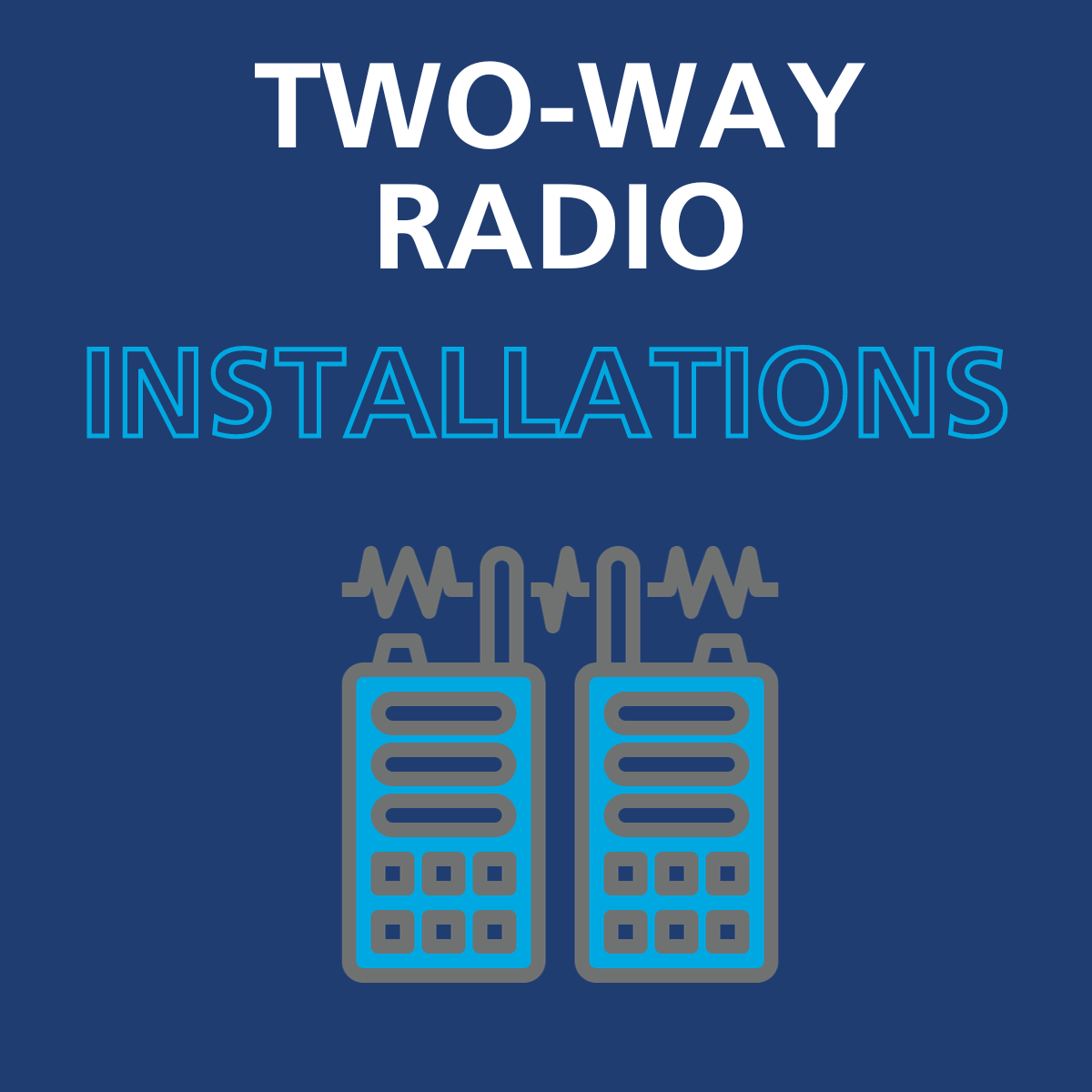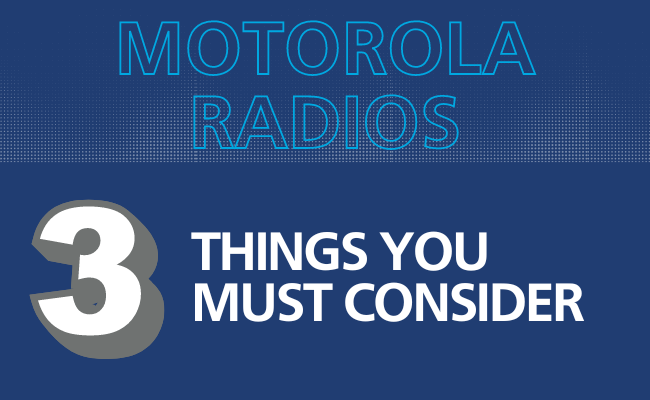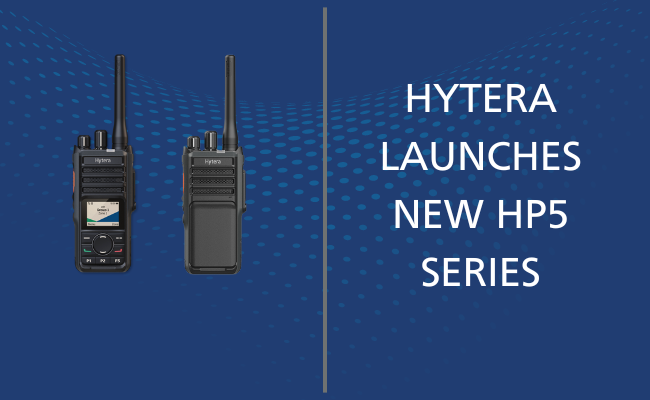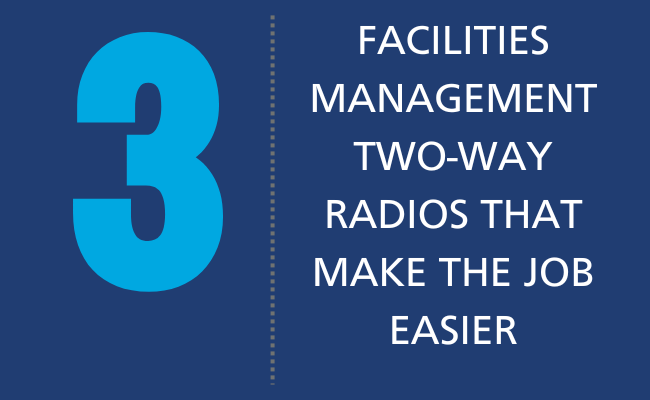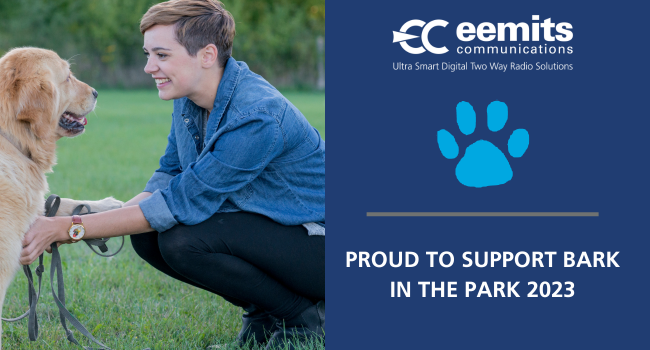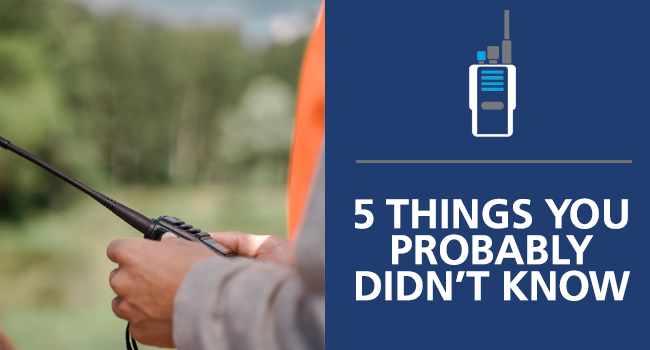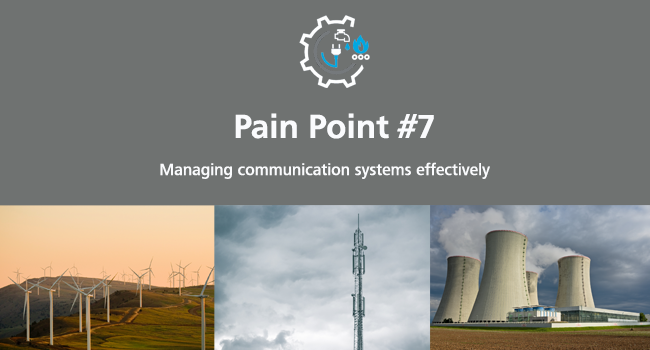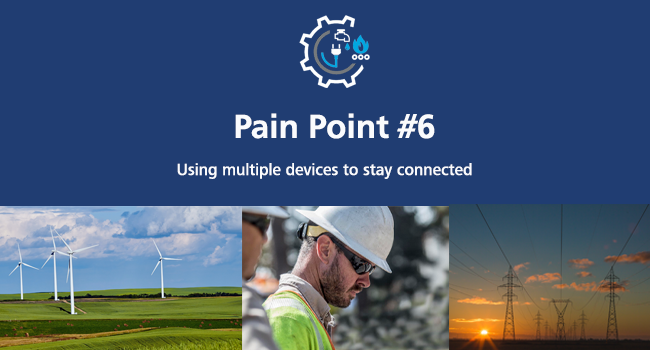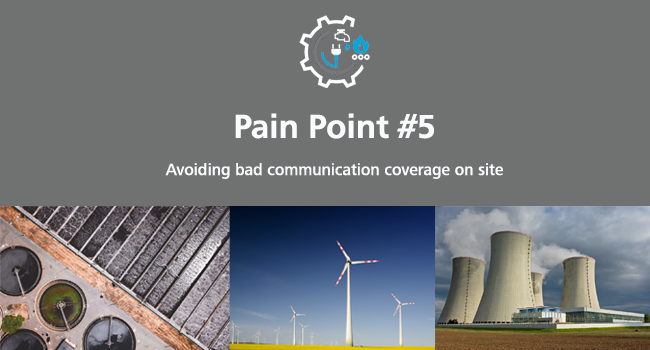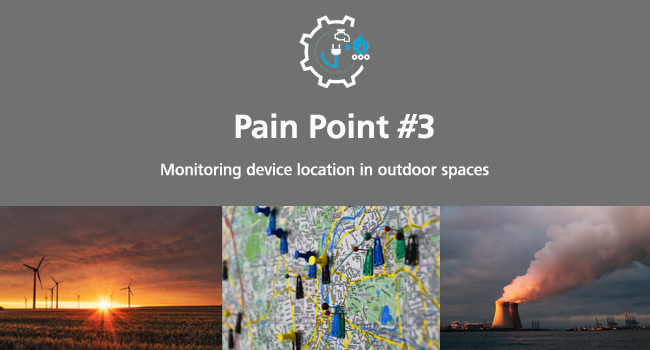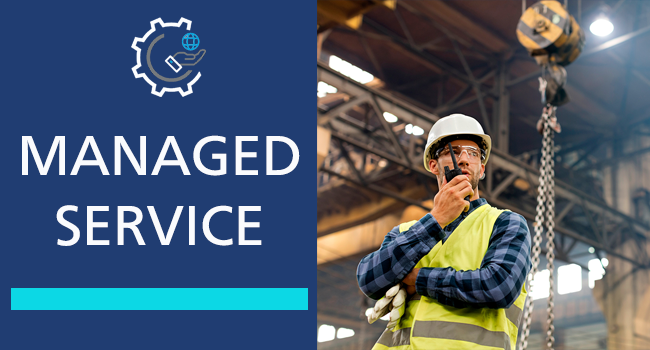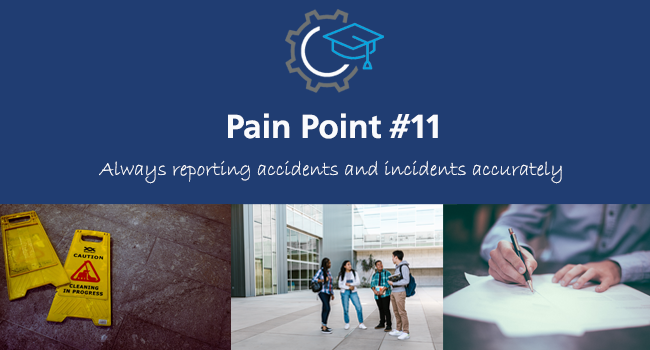Education: Why There Is a Need for Two-Way Radios in UK Schools
26/11/2021

In the education sector, there’s a need not a desire to have an instant form of communication in place to keep students and staff safe, productive, and efficient. Its importance is born from the never-ending spotlight on the welfare and development of young people across the UK.
But knowing what to use in order to create a learning environment that allows students and staff to flourish can feel like going back to school to sit your exams all over again.
As part of our Education Pain Points series we're going to explain why using the right communication device is so important – and why two-way radios for schools has become the go-to solution from a safety point of view.
Two-way radio v mobile phone
There are many factors to consider when you think about what communication device staff need to use to keep people safe during the hectic school day.
But some factors won’t immediately jump out when you think of the differences between a mobile phone you already use and a two-way radio that you may have little experience with.
The practicality of a two-way radio
Mobile phones these days are referred to as smartphones, thanks their ability to do other things than make phone calls. But, in the context of using one for effective two-way communication at school, they have their limitations.
Their limitations come in the form of coverage issues across vast space, hard to reach places and multi-storey buildings; the inability to have dedicated group calls for different departments; and a lack of personal safety features that can protect students and staff at all times.
This is where a two-way radio comes into its own as a smart communication device. Two-way radios have a range of capabilities that will help your educational facility flourish:
• Grounds-wide coverage
• Dedicated group channels
• Range of safety features – from Panic Alarm to Lone Worker
• Software and features tailored to your exact need
• Loud and clear audio that recognises background noise
• Long-lasting battery life
• Other accessories like earpieces that allow you to have discreet conversations
To understand more about the differences between digital two-way radios and mobile phones read our digital radio v mobile phone document today.
The best two-way radios for schools
The best two-way radios for schools depend on your own individual circumstances. If you need radios purely for sporting events, then your requirements will be different to the school that needs coverage across acres of land or the one that needs them for maintenance staff to use.
In general, though, the best two-way radios are digital licenced radios rather than analogue radios that are licence-free.
This is because digital radios have clearer signal, increased coverage, enhanced functionality and more secure transmissions than analogue radios. And having a licenced radio means your conversations will be discreet and on dedicated channels – whereas as licence-free radios carry the caveat that anyone on the same frequency can intercept your conversations and cause channel interference.
Much like smartphones, there’s a range of digital radios available to choose from – so you don’t have to worry about being limited by choice.
As experts who’ve been providing two-way radio solutions to schools, colleges, and universities for over 35 years’, we’ve highlighted a couple of licenced digital radios that are well suited to schools:
The Motorola SL1600 is an ultra-slim digital radio that’s easy to carry but has a rugged design. It’s designed to keep staff connected with one-handed operation and transmissions can be interrupted to prioritise critical communication that needs urgent attention.
The Motorola DP1400 digital radio is an affordable device with plenty of features and functionality. It has superior audio quality, outstanding coverage, long-lasting battery life and allows your staff to collaborate and co-ordinate to keep premises and people safe and secure.
Taking the safety-first approach
Student and staff safety in primary inside or outside the classroom is vitally important. School can feel like a daunting experience for young people, regardless of age, so they need to be in surroundings that are safe and secure at all times.
For staff, it’s a case of being able to act quickly when accidents, injuries, and threats of violence occur and when intruders try and access school grounds.
The Health and Safety Executive (HSE) talks about having a sensible approach to health and safety management in schools on its website. It goes into detail about needing to find the right balance to ensure the real risks are being managed.
With a smart two-way radio solution in place, you can ensure real risks are managed to a high standard every time.
Is a mobile phone ban coming?
The social media boom has made having a mobile phone a priority for young people. The likes of Facebook, Twitter, WhatsApp, YouTube and now TikTok has transformed the way we stay connected and express our social side.
But it’s caused a hot topic of discussion. Are young people spending too much time on their phones at the detriment of their studies and mental health?
A 2020 study from media regulator Ofcom found that 14% of children aged between 5-7 had their own smartphone, with the number increasing to 49% for 8-11 year olds and 91% for 12-15 year olds.
And there’s been pressure from the UK government for mobiles to be banned in schools, with the Coalition for Youth Mental Health echoing those thoughts.
In a recent report the coalition states that mobile phones should be banned during core learning hours to protect young people’s mental health and aid their development.
The group is made up of top performing independent and multi academy trusts in the state sector. And for teachers and non-teaching staff it provides food for thought on whether as role models to young people they should also ditch the mobile phone during core learning hours.
Taking the ‘lead with example’ approach means that two-way radios are well placed to promote a safe learning environment.
Looking for a two-way radio solution for your school?
You can find out more about our two-way radio solutions for schools, and how we help them transform safety, productivity, and efficiency for their students and staff.
If your school would benefit from having an effective two-way radio solution in place, then book a FREE, no obligation demonstration with us today and we’ll talk you through how we will work with you to implement a smart solution that’s tailored to your individual needs.
News Archive

18/11/2025

25/09/2025

31/07/2025

31/07/2025

31/07/2025

30/06/2025
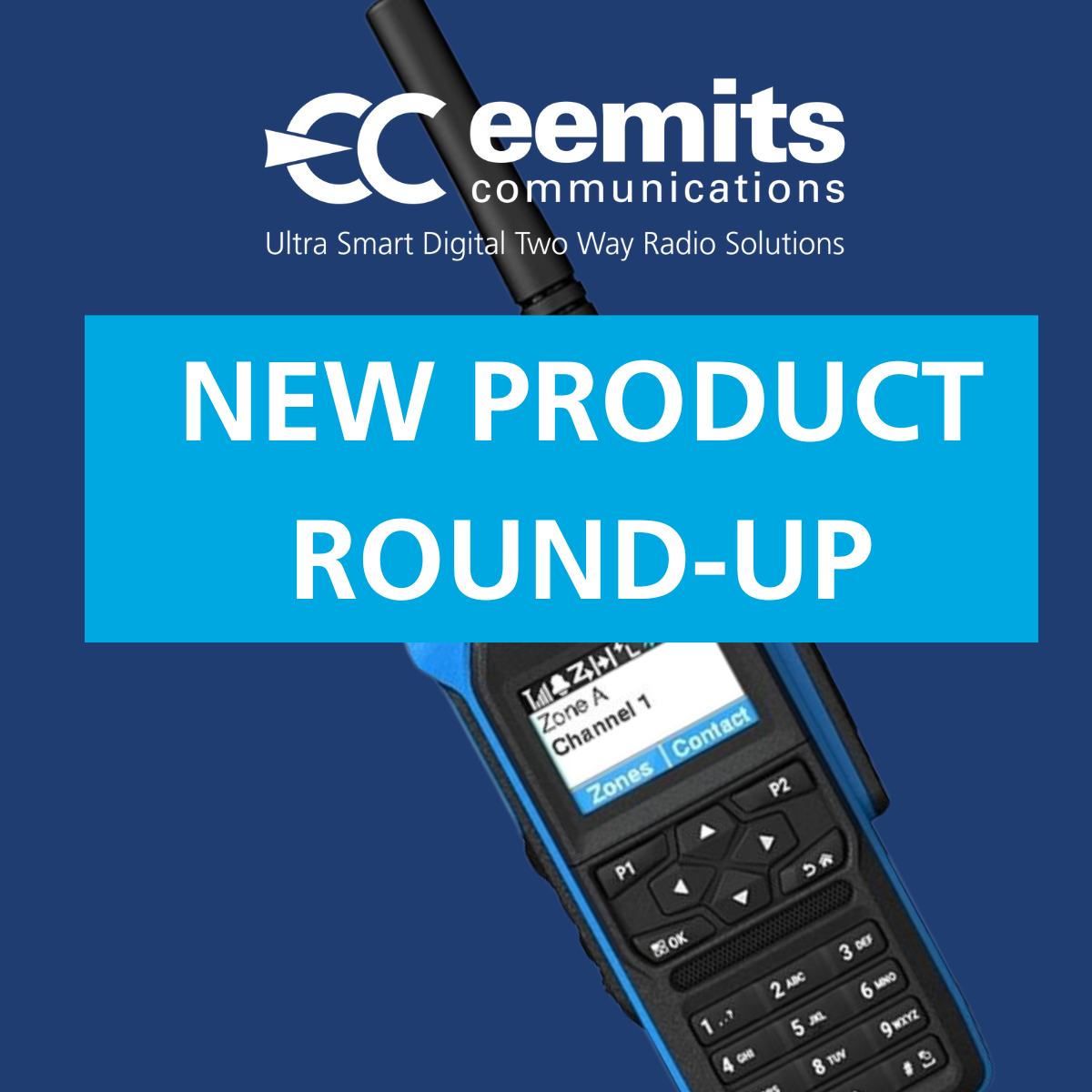
30/04/2025

30/04/2025
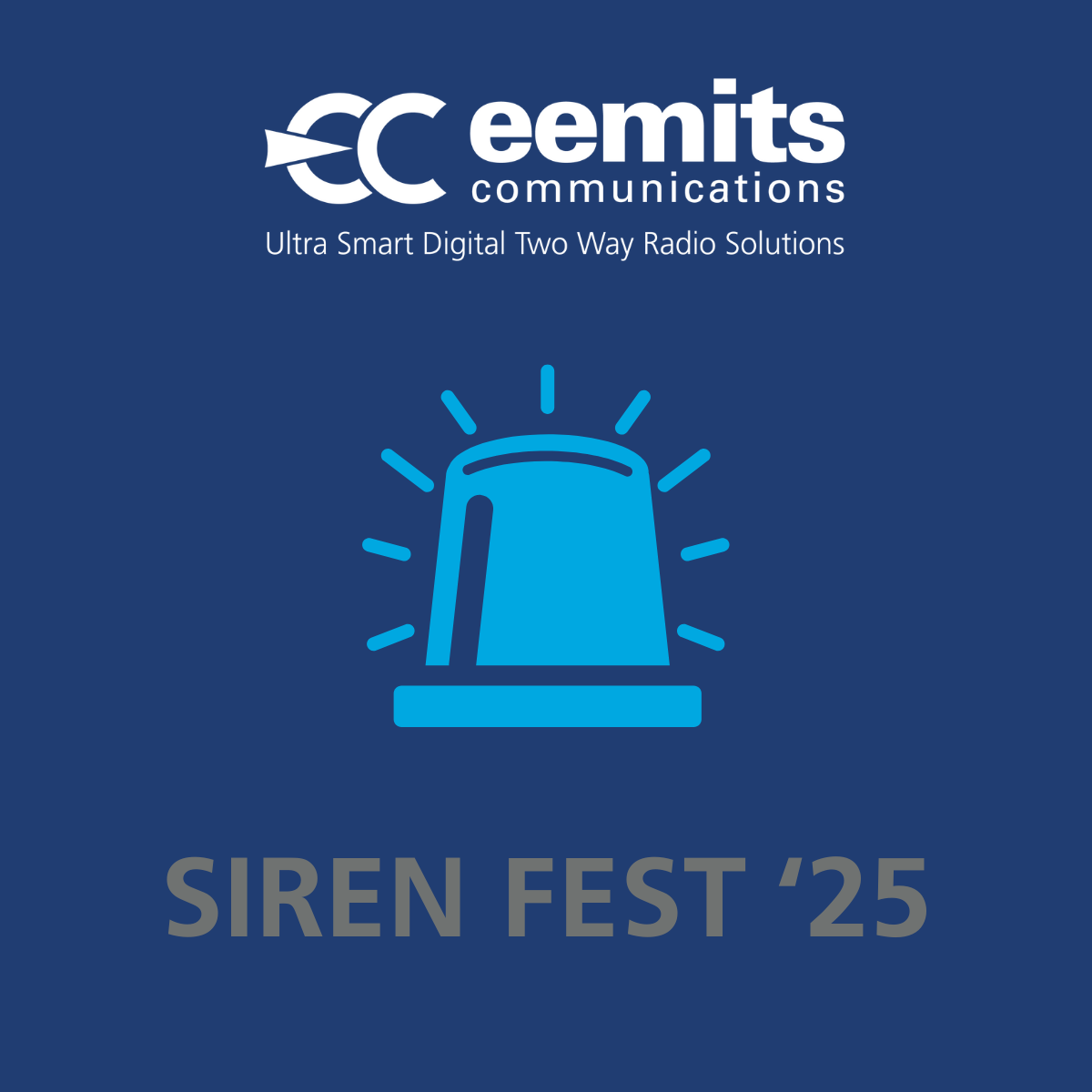
31/03/2025

26/03/2025
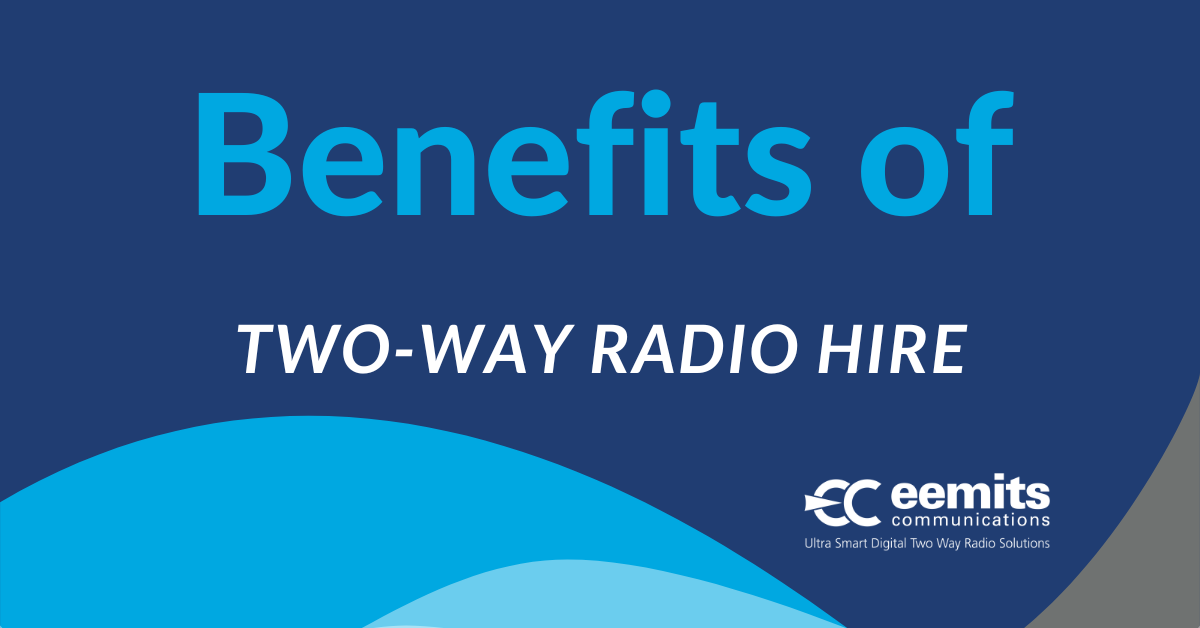
19/02/2025
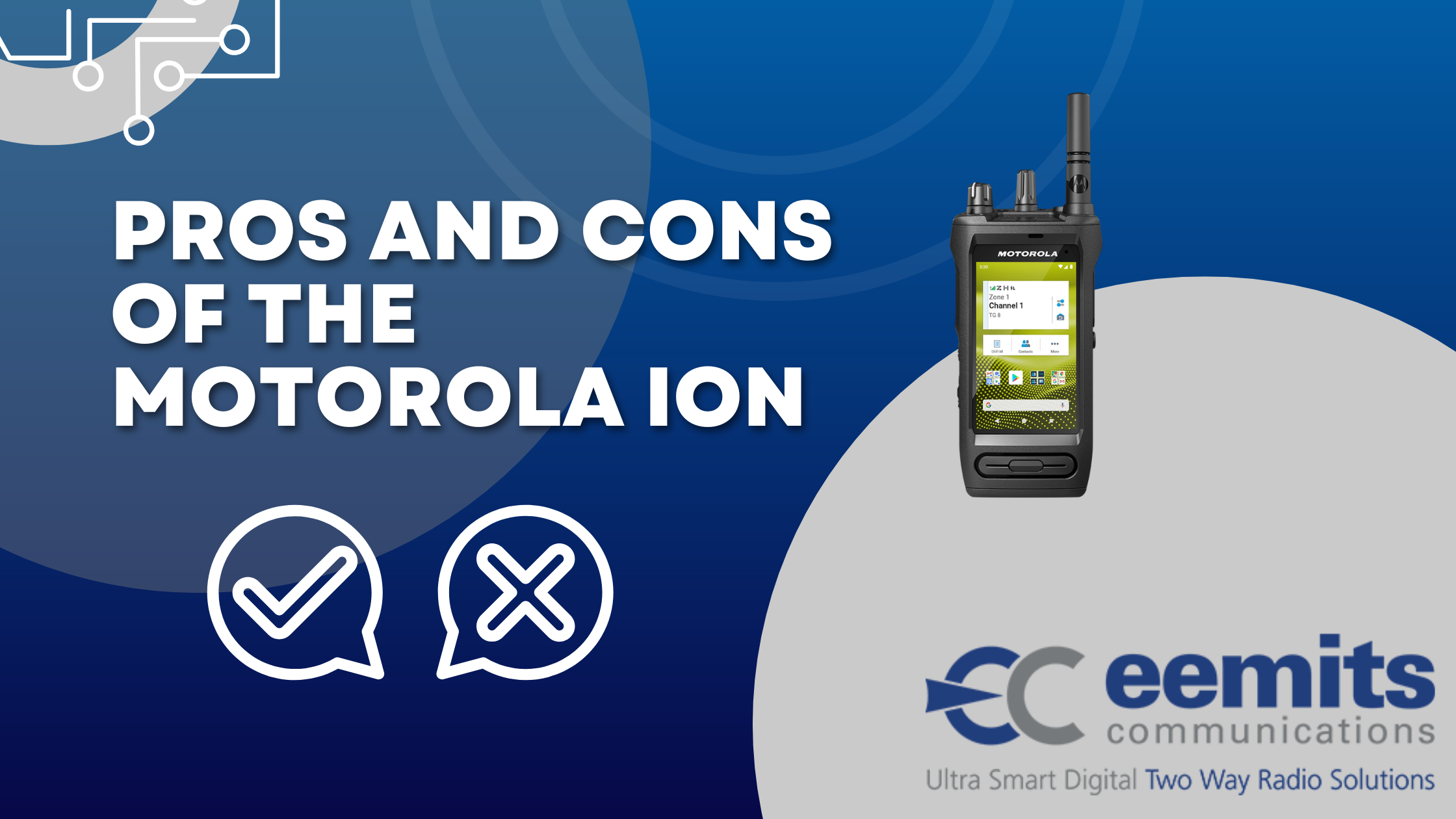
13/02/2025
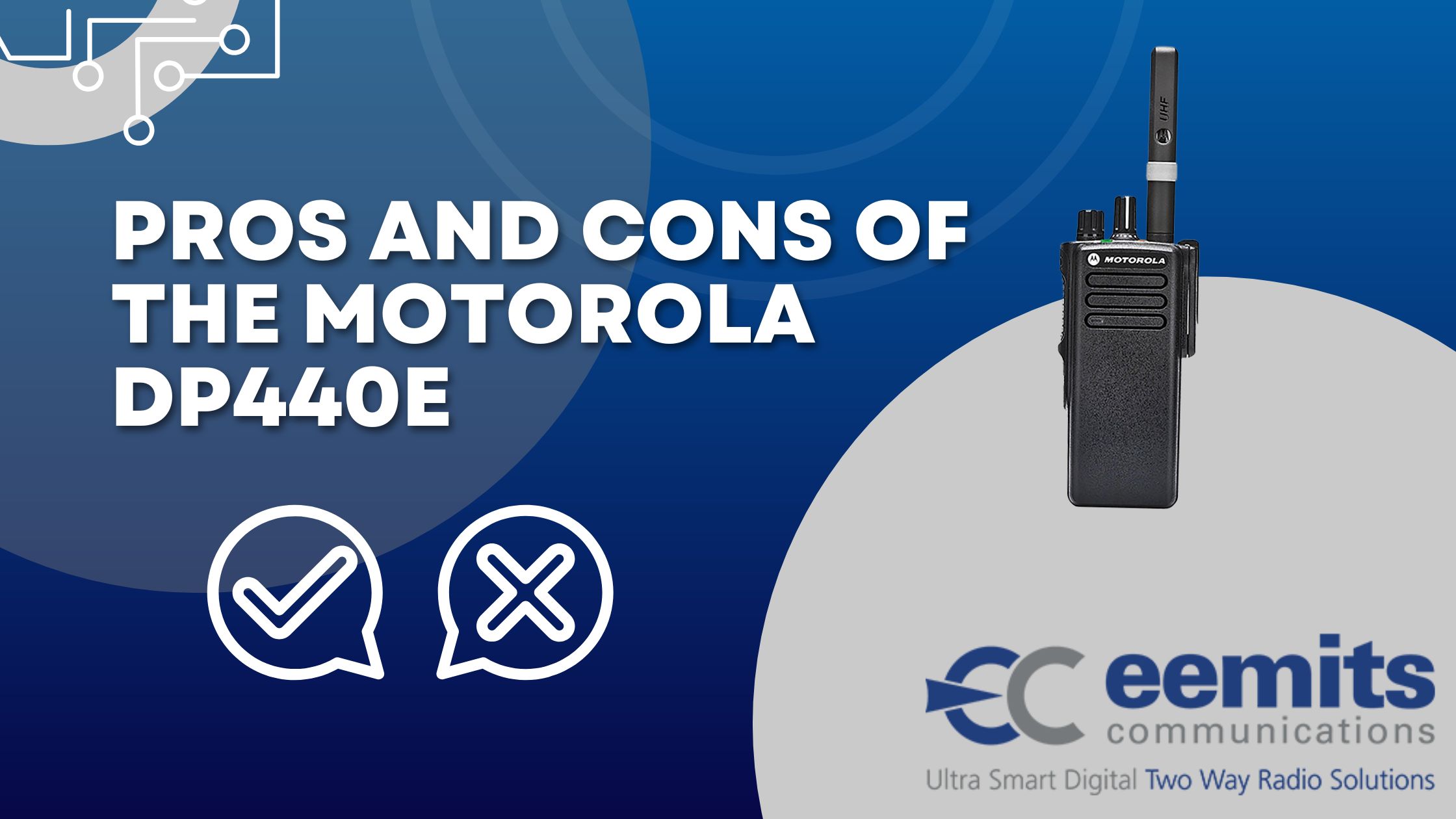
13/02/2025

07/02/2025
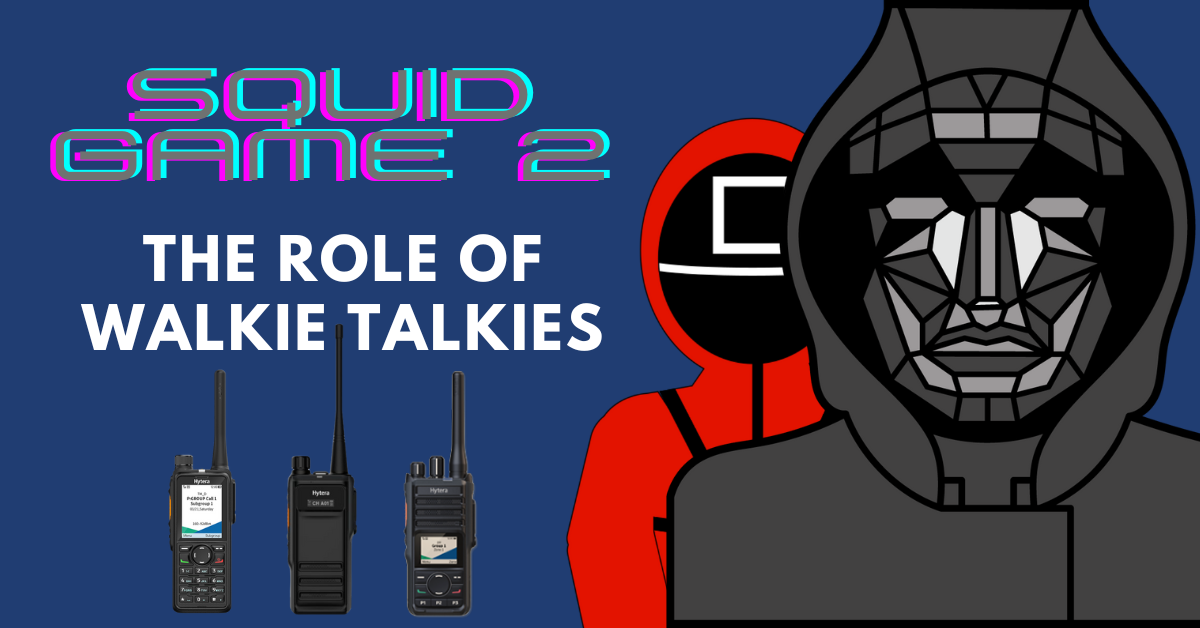
14/01/2025

17/12/2024

17/12/2024

13/12/2024
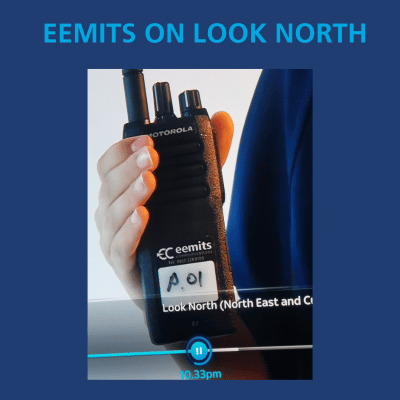
31/05/2024

28/05/2024

25/04/2024

05/02/2024

31/01/2024

22/12/2023

22/12/2023

22/11/2023

10/11/2023

27/10/2023
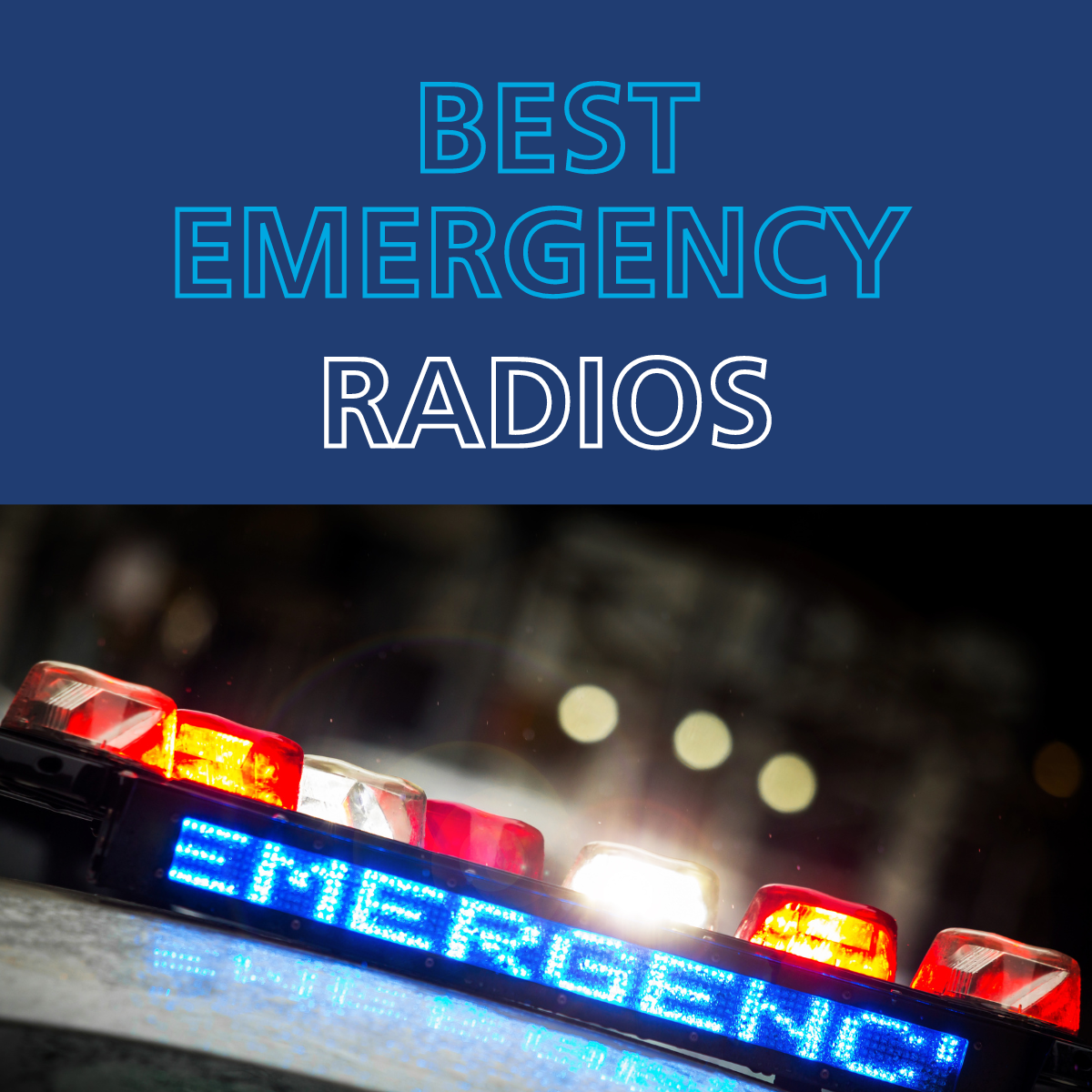
26/10/2023

22/09/2023

31/08/2023
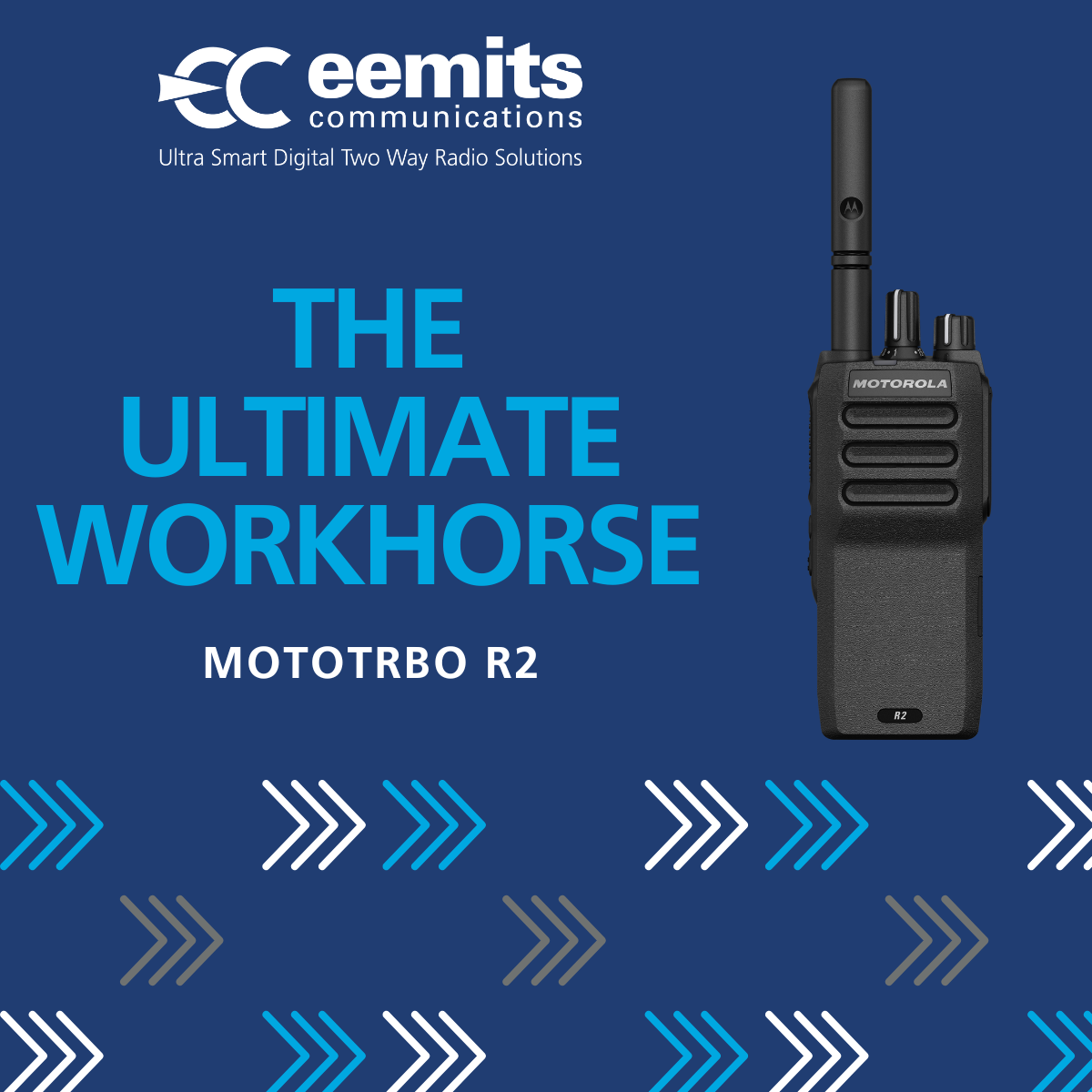
09/05/2023

20/01/2023

23/12/2022

30/11/2022

31/10/2022


28/01/2021

14/09/2020

15/06/2020

22/05/2020

18/12/2019

31/07/2018

20/02/2018

05/10/2017
See What Our Clients Say

“Eemits Communications has been a long-time partner of Whitby Seafoods. Their single-site conventional digital repeater system has driven daily efficiency and given us greater on-site access control. We appreciate their continued commitment to customer satisfaction and look forward to what the future holds.”

"We have a great and longstanding working relationship with Eemits and they have always ticked every box. They offer an excellent, friendly and reliable service.
Eemits have a great understanding of the park and its needs for the customer and our retailers. With a positive can-do attitude, they never say no."

"We started working with Eemits following on from a recommendation from another customer. They provided us with a solution that suits our needs and they continue to supply the best service with no issues.
Eemits is a professional, friendly and reliable company."

"Eemits continue to provide us with a great supportive service consistently being very helpful. The whole team is great and it's very clear the staff have a great knowledge of the products and are happy to pass this on.
Eemits is a great company."

"The service offered by Eemits is second to none, we have a great working relationship with them and the contract we have is good value for money."

"We needed two-way radios for the guys on the test track and something that was scalable. The solution Eemits provided was far superior in comparison to other competitors offerings.
Everything is done in-house and the service and sales department is particularly good. As masters in their field they are extremely knowledgeable."

"Eemits dedicate a lot of time to us as a customer - we feel like we get a personal touch. They're excellent and go above and beyond. They'll put the work in - i.e. training users.
Good quality, good people, good team, all of who are positive about their company. They demonstrate real passion."

"The quality of service that Eemits provides is excellent. The team is very knowledgeable and they offer high quality products. The TRBOCALL solution fitted meets our site requirements and upgrades our technology.
Lone worker function is particularly useful allowing us to monitor our staff ensuring they are safe at all times."

"Eemits Communication is friendly, professional and competitive. They are excellent and their workmanship and knowledge is great.
Eemits attitude sets them apart - no problem is too big"

"Prior to the installation of our current system onsite communications were poor. Eemits Communications offered us guidance and advice on the different technologies available and delivered a highly effective system on time and within our budget. Its success has led to other departments using the system."

"Eemits Communications Ltd have been involved in work at Hartlepool Power Station for over 10 years now. During this time they have installed an Aerial network through our buildings to enable more efficient internal radio communications.
I have found the staff highly professional at all times and willing to provide help whenever they can, I would have no hesitation in recommending this company."

"Having previously worked with Eemits, we knew that we were dealing with a supplier that we could trust and one that could help us to significantly increase the safety of our lone workers with its unique solutions.
The equipment supplied by Eemits is excellent. We have been greatly impressed by the knowledge and skills of their engineers who have carried out the onsite surveys and installation of the system.
Eemits came up with an innovative approach to overcome challenges that we had with installing a system with the structure of our building, and as such, the quality of radio frequency is outstanding."

"The service delivered by Eemits has been excellent and we have developed a very good working relationship over the years.
As a local business to Falck Fire Services they can respond to faults or general requests very quickly - which is very important in our line of work - whereas similar suppliers have a greater response time.
TRBOCALL is an overall platform that has made a massive improvement to our communications in comparison to the analogue system that we had been using for many years. It provides us with many different applications that can be utilised across the business.
Since introducing TRBOCALL we have seen significant improvements related to safety and in our communications itself, which is critical to our operations."











